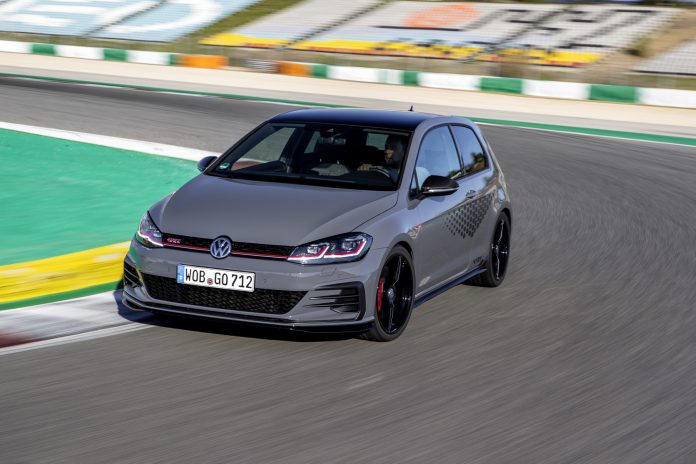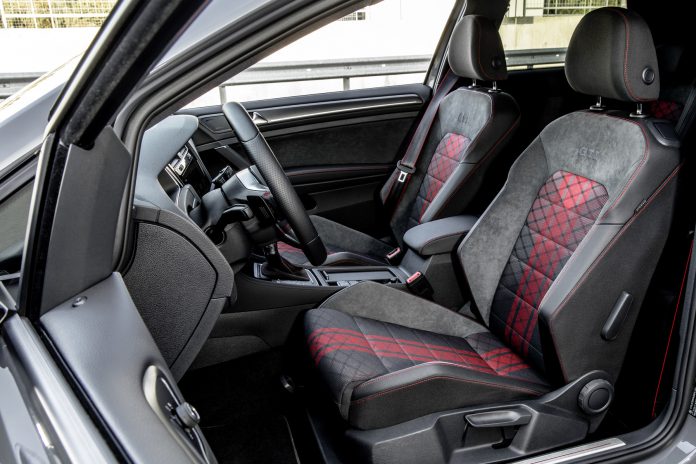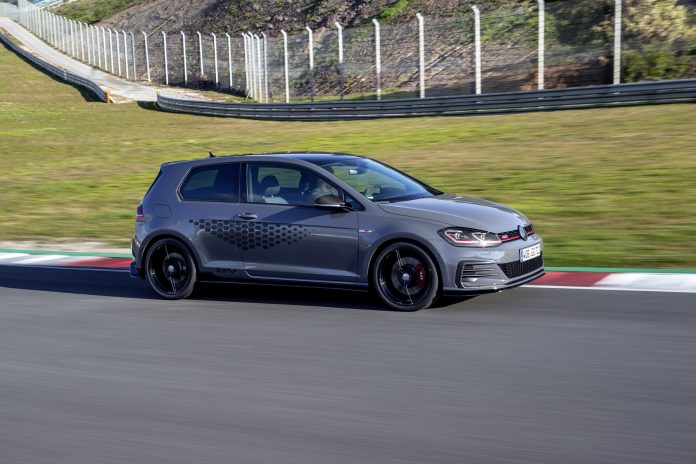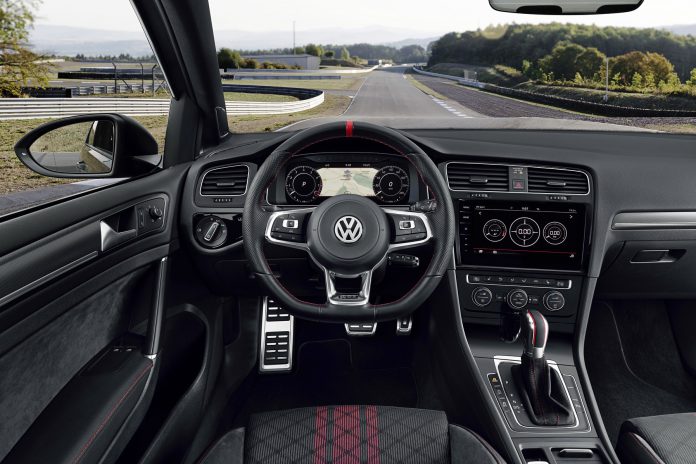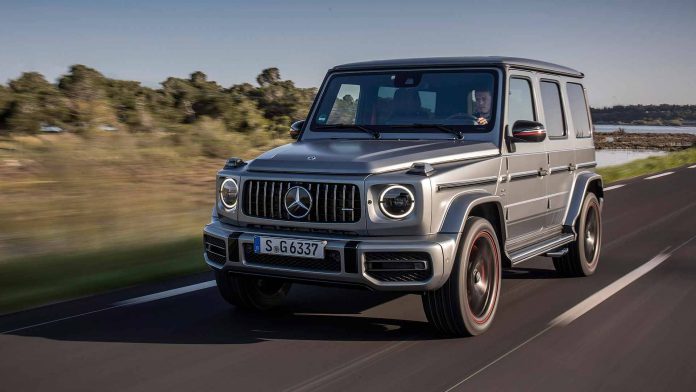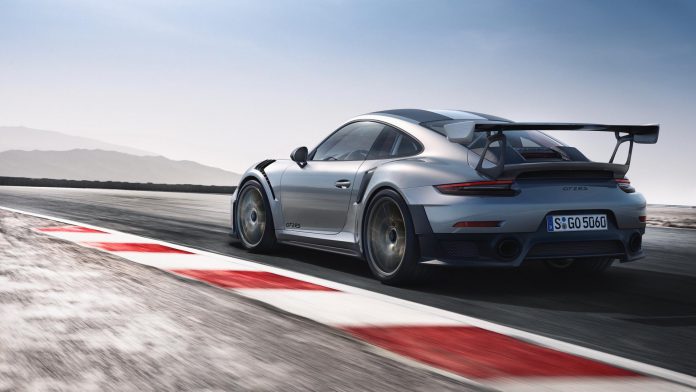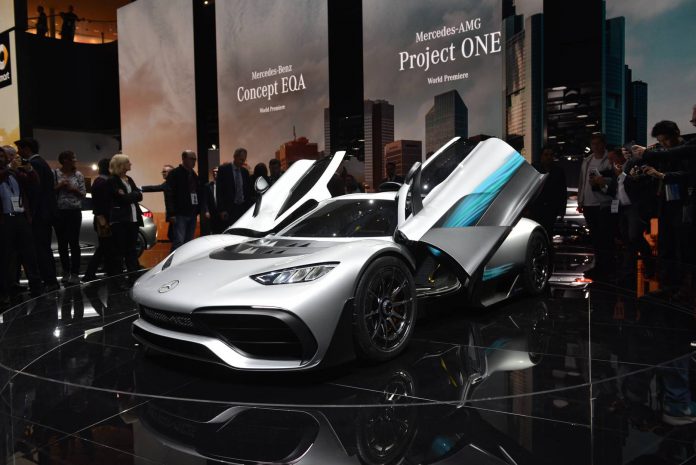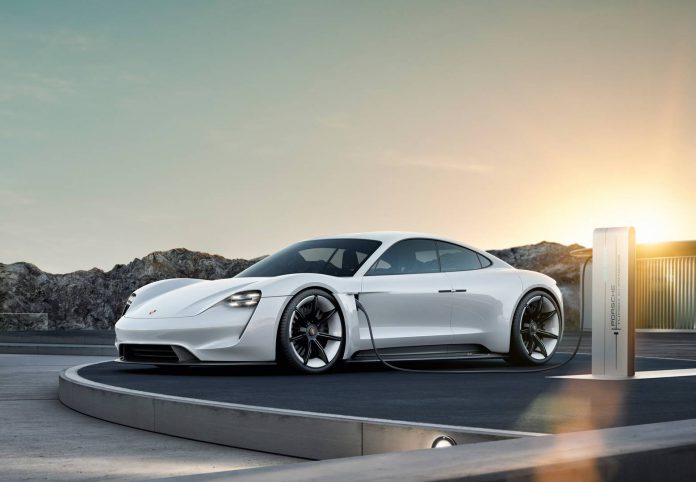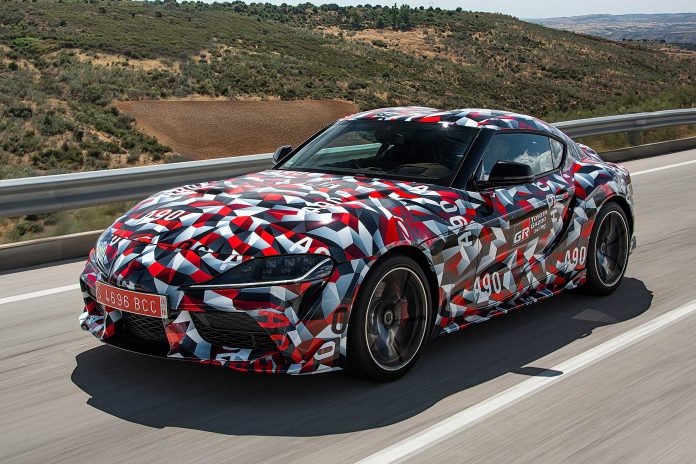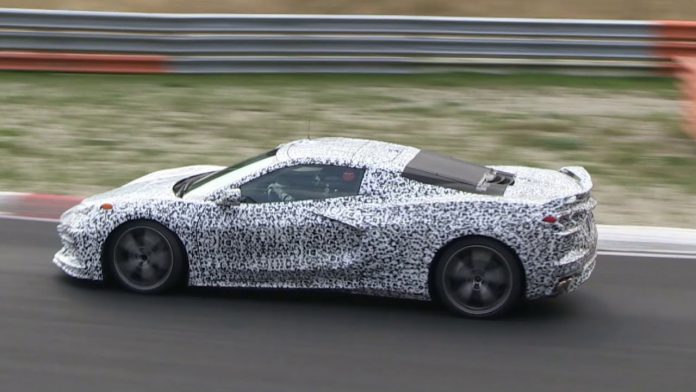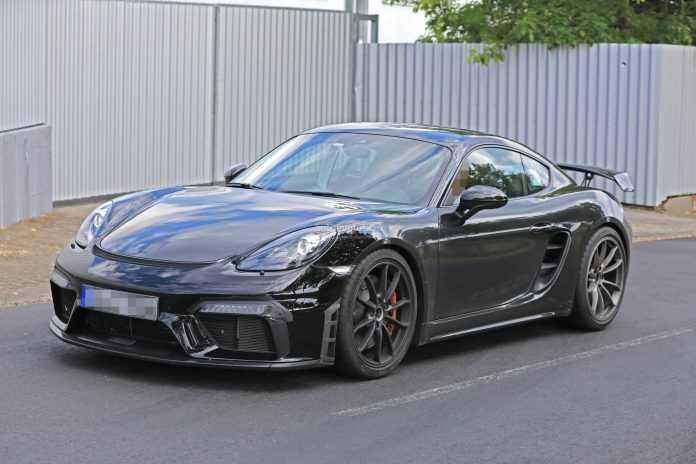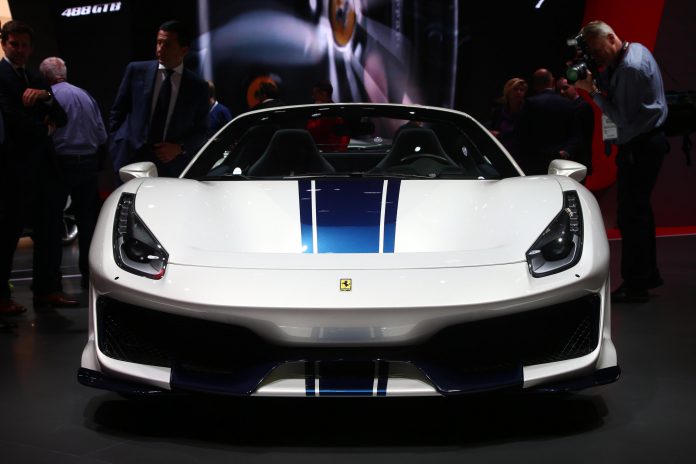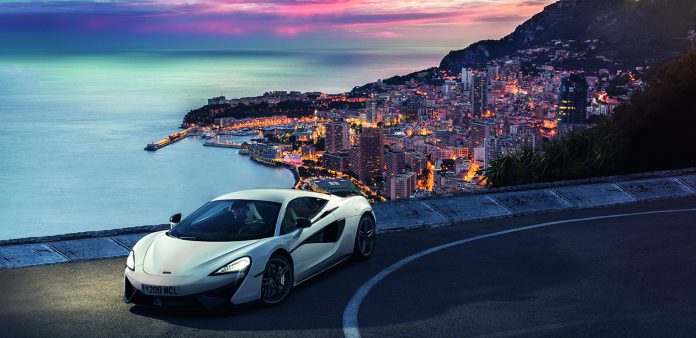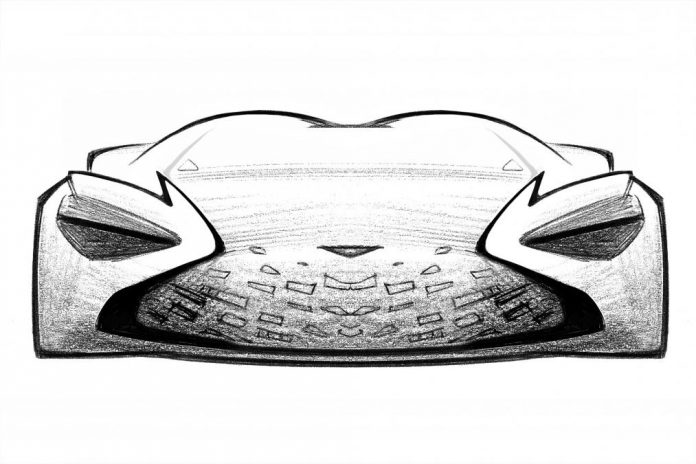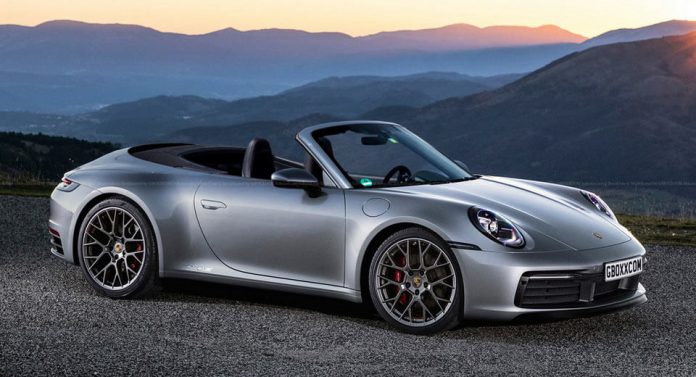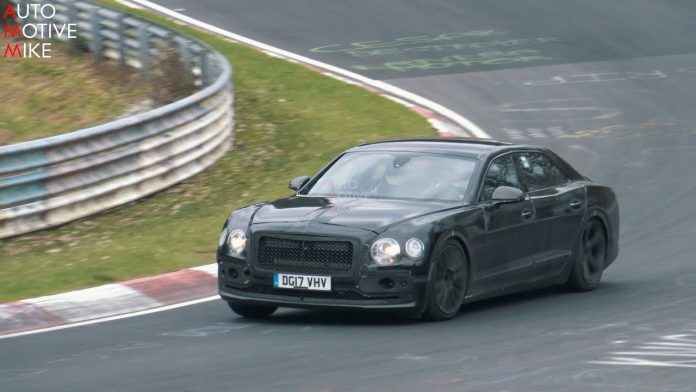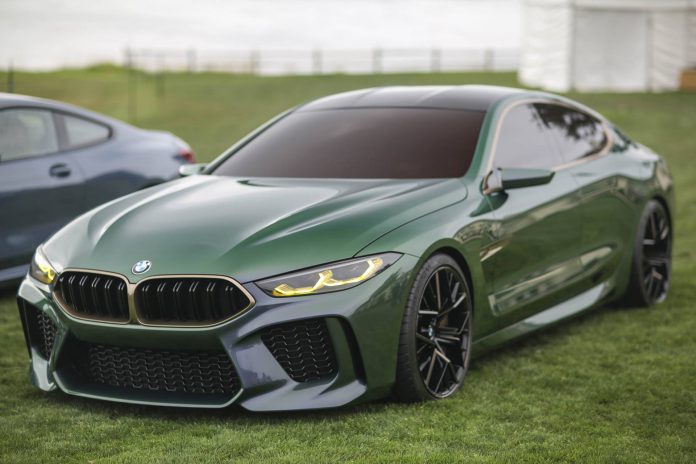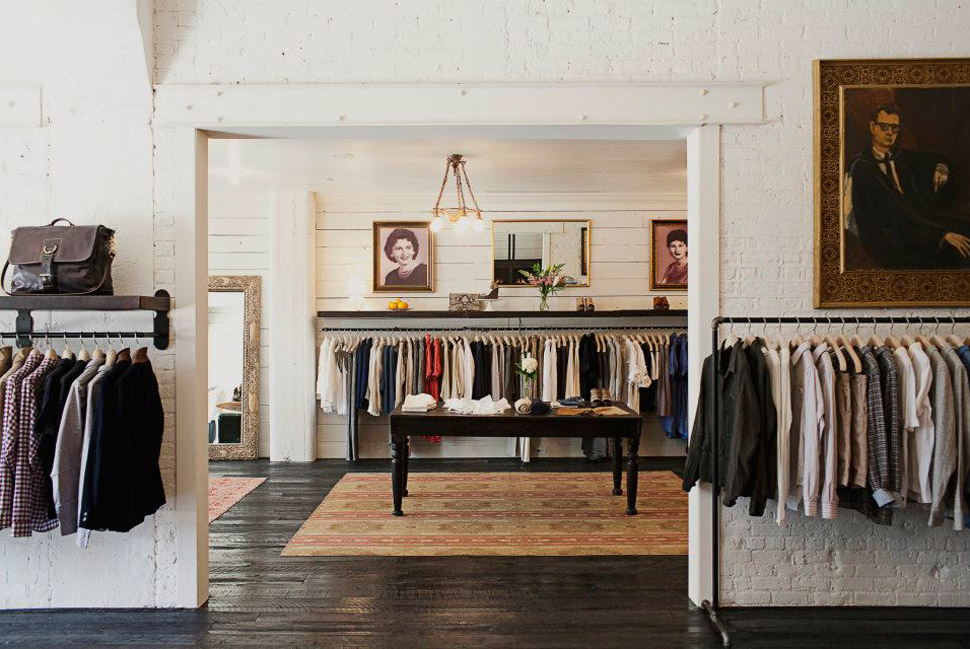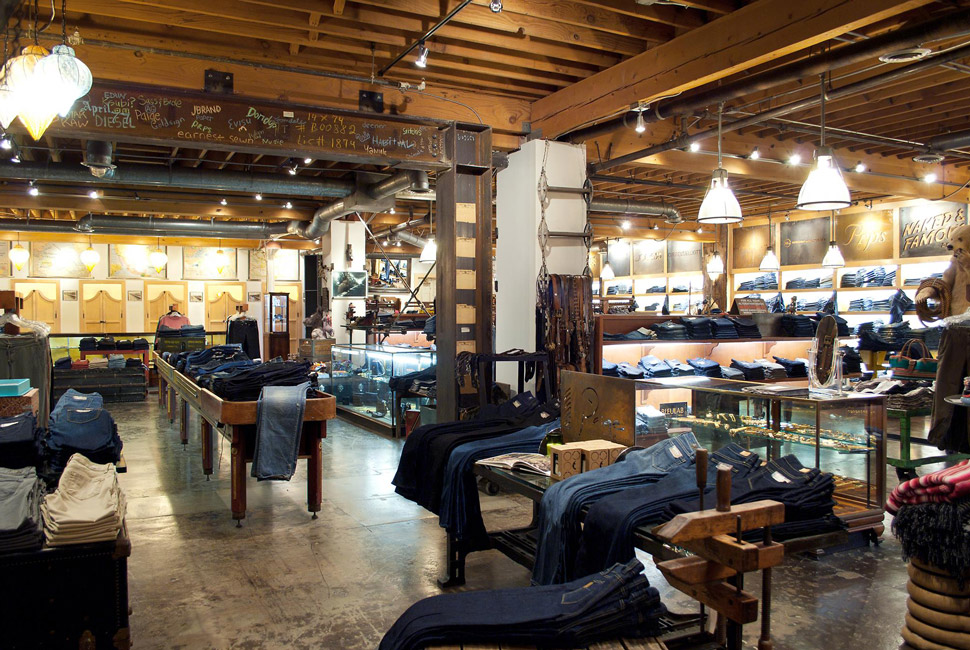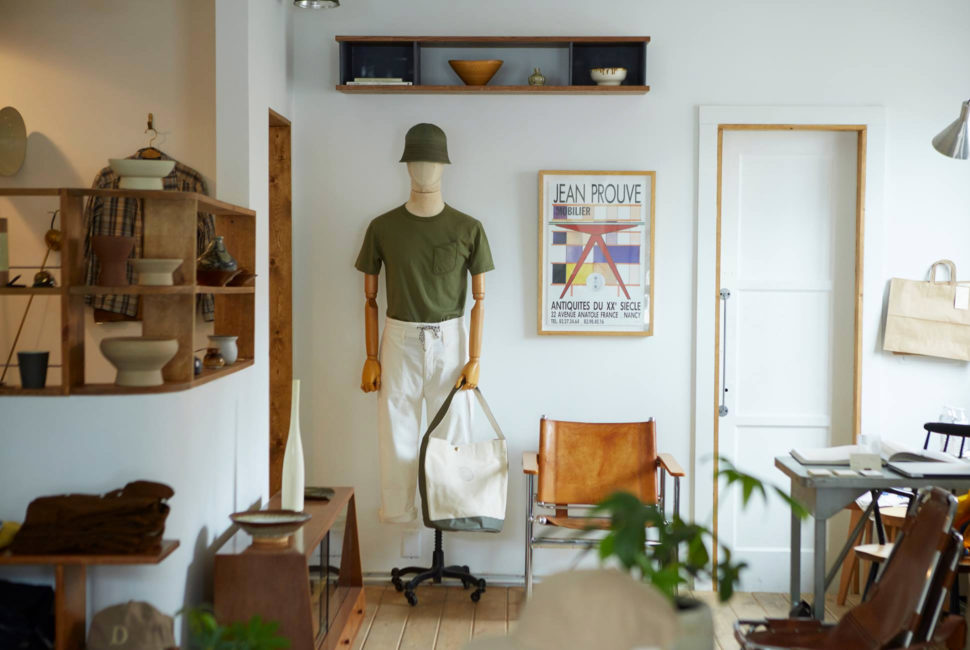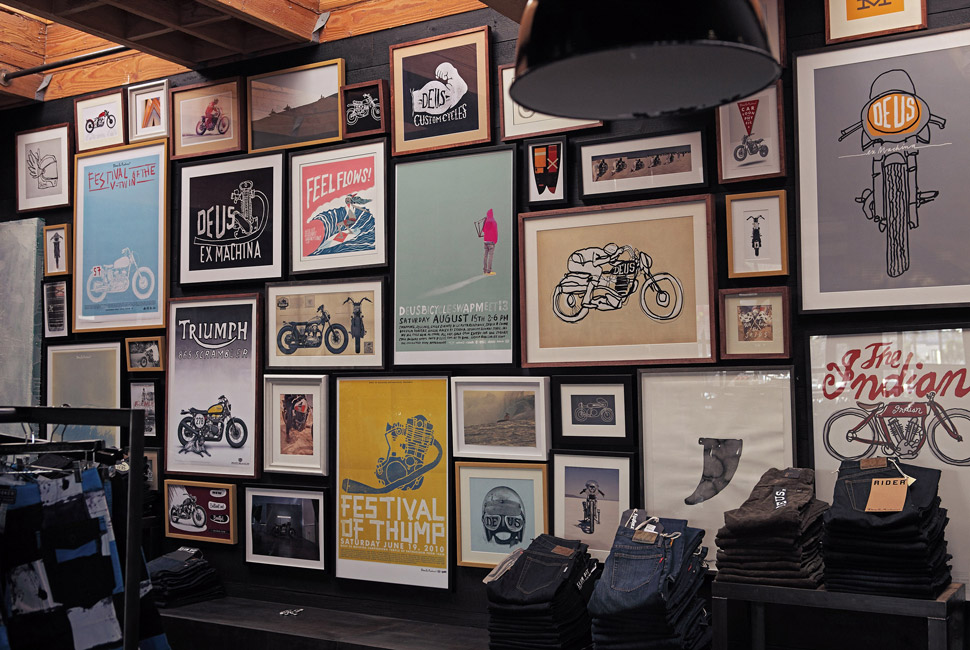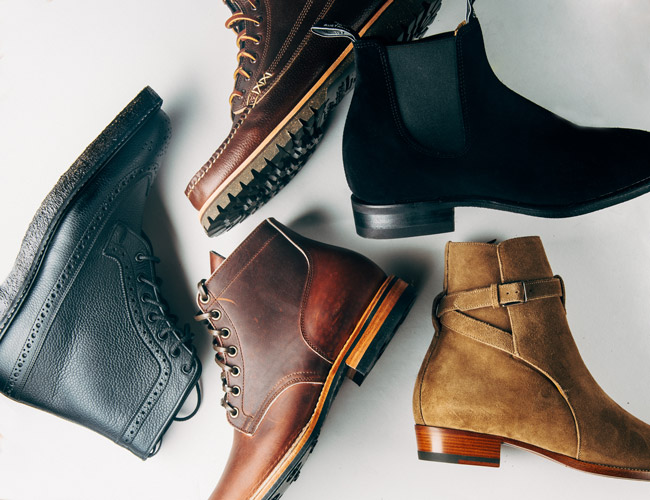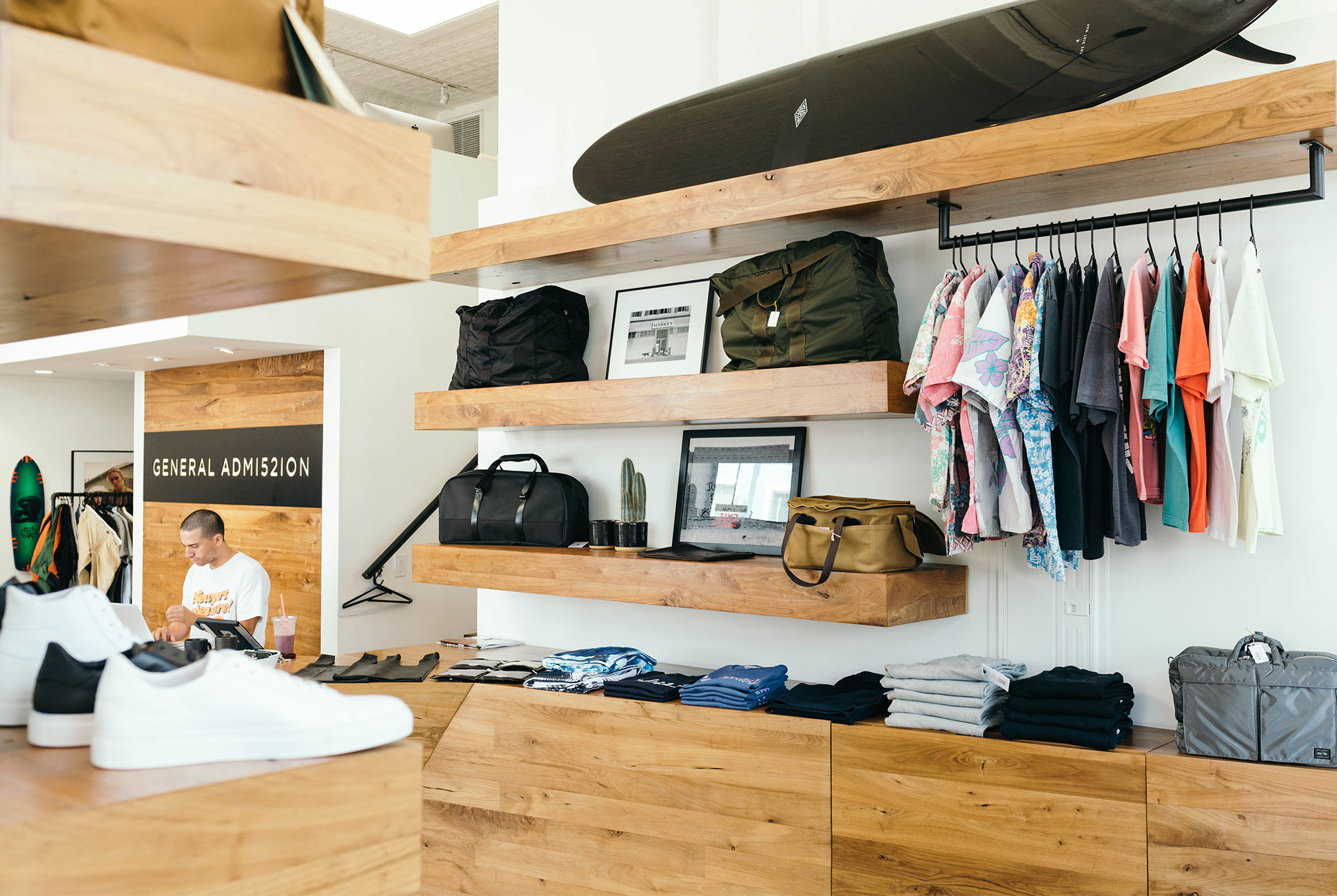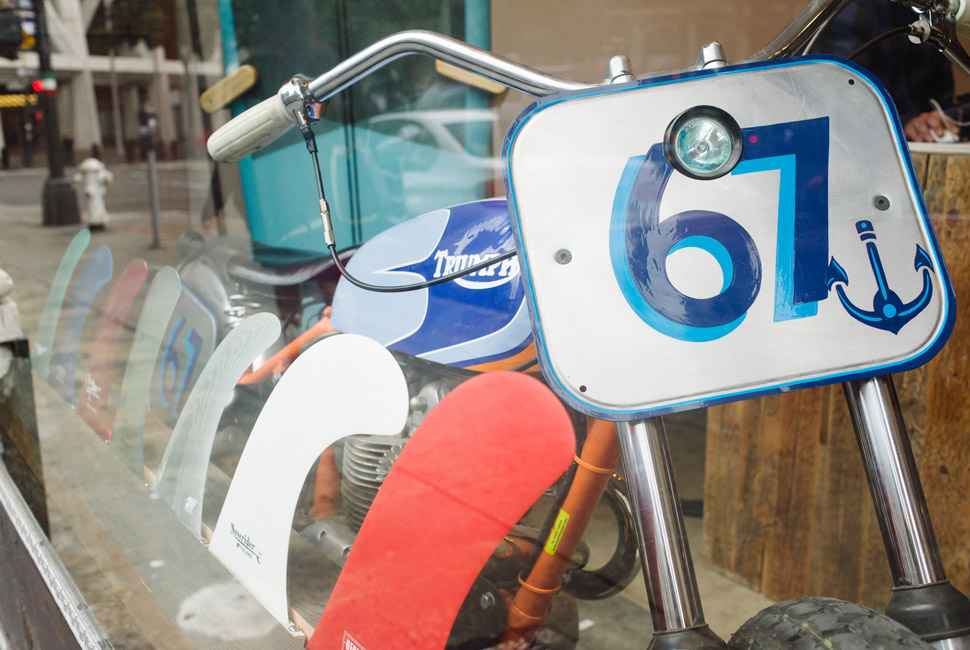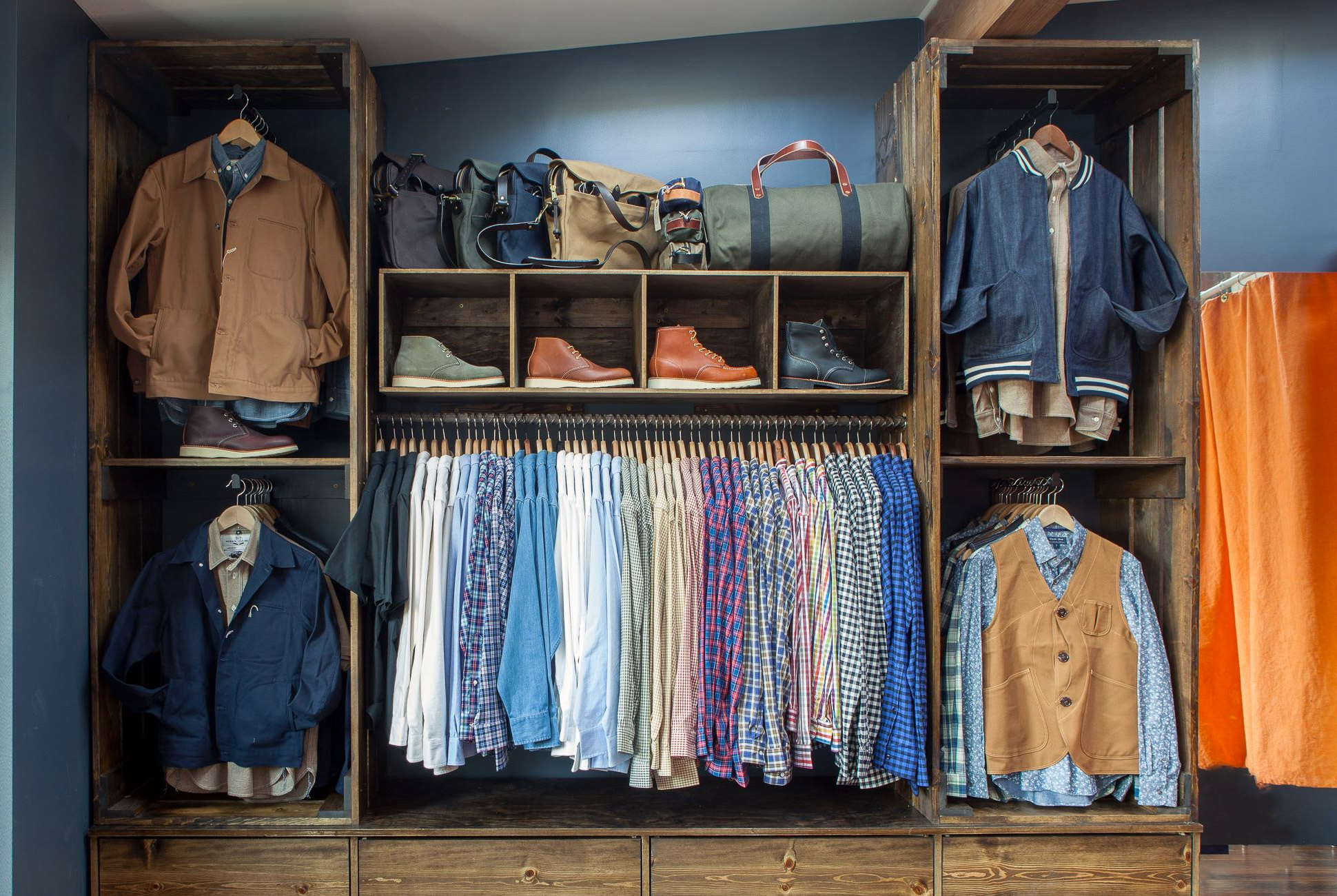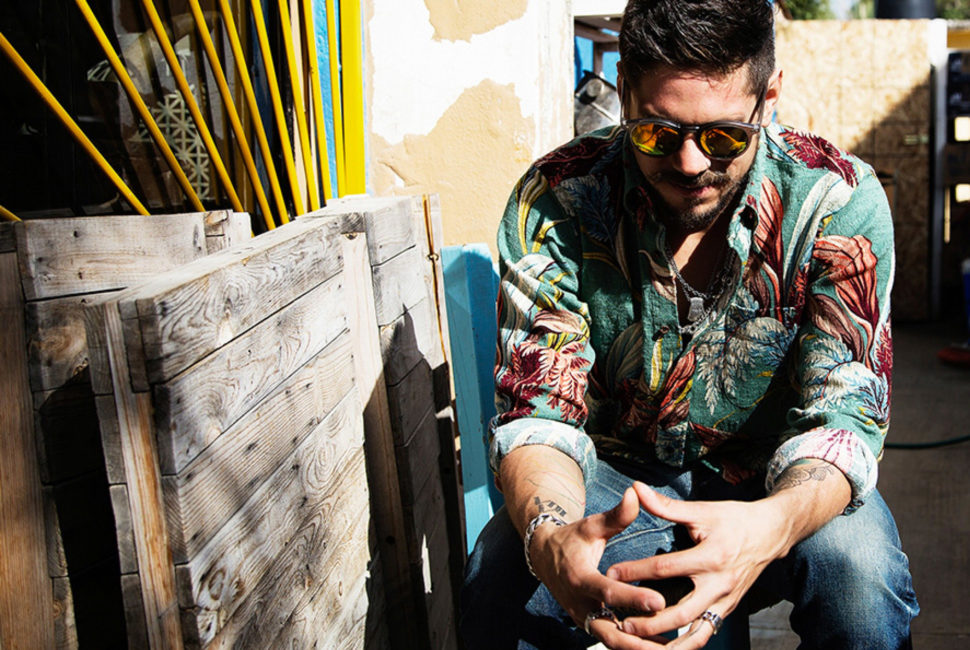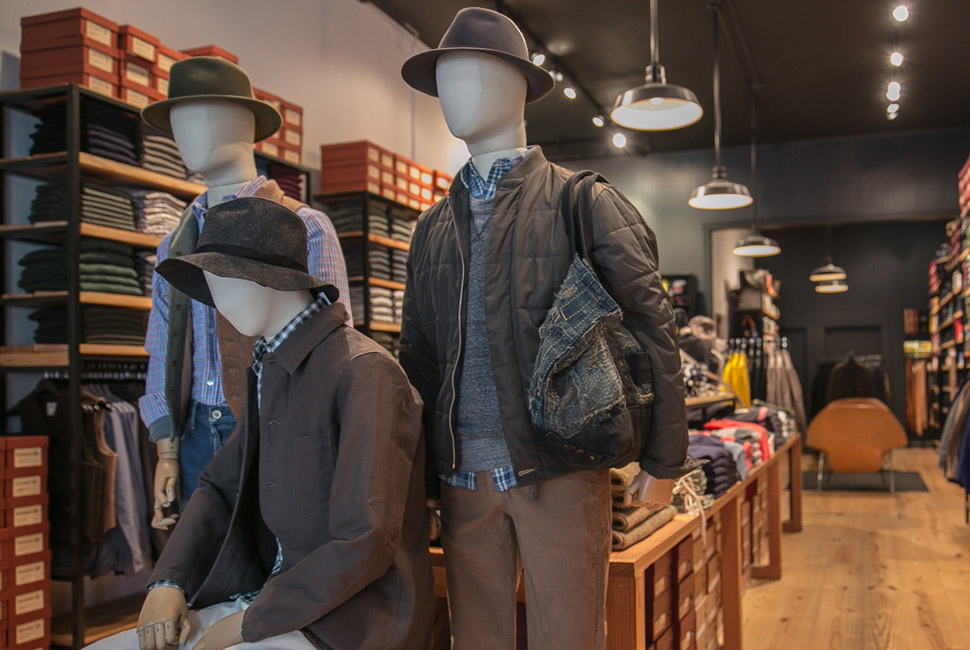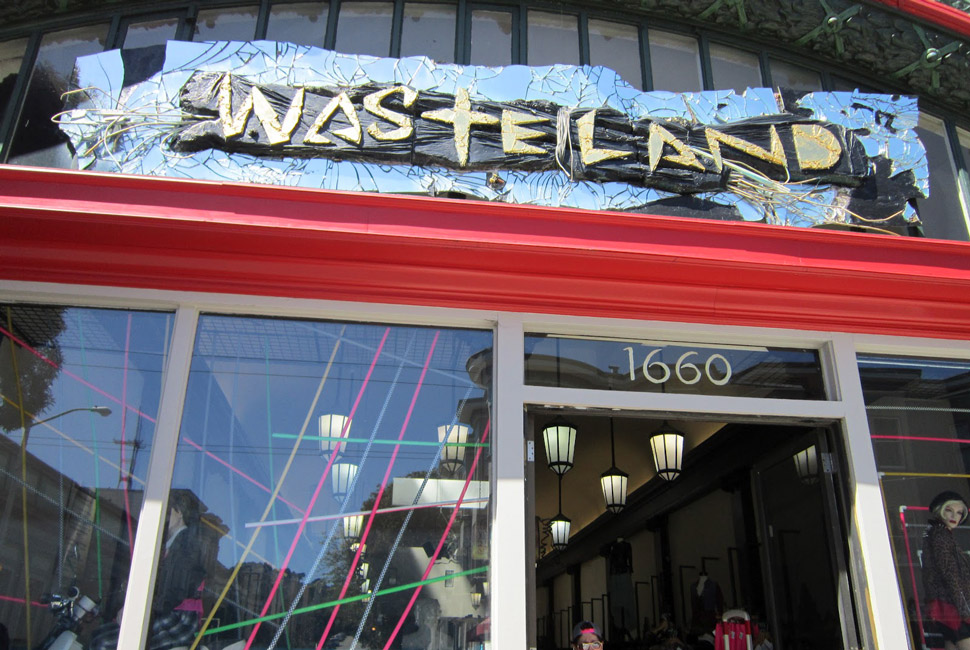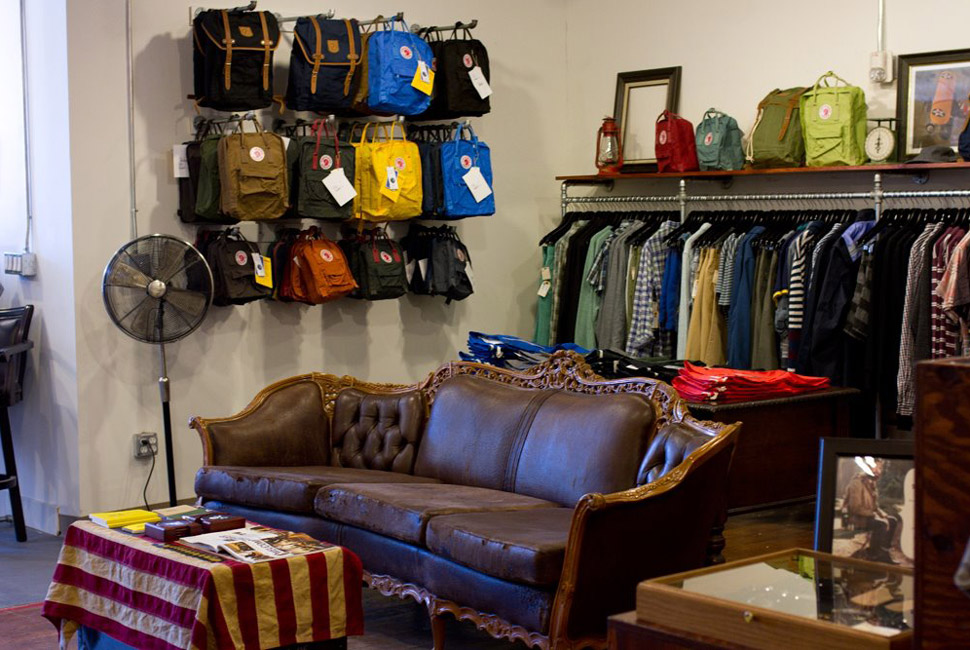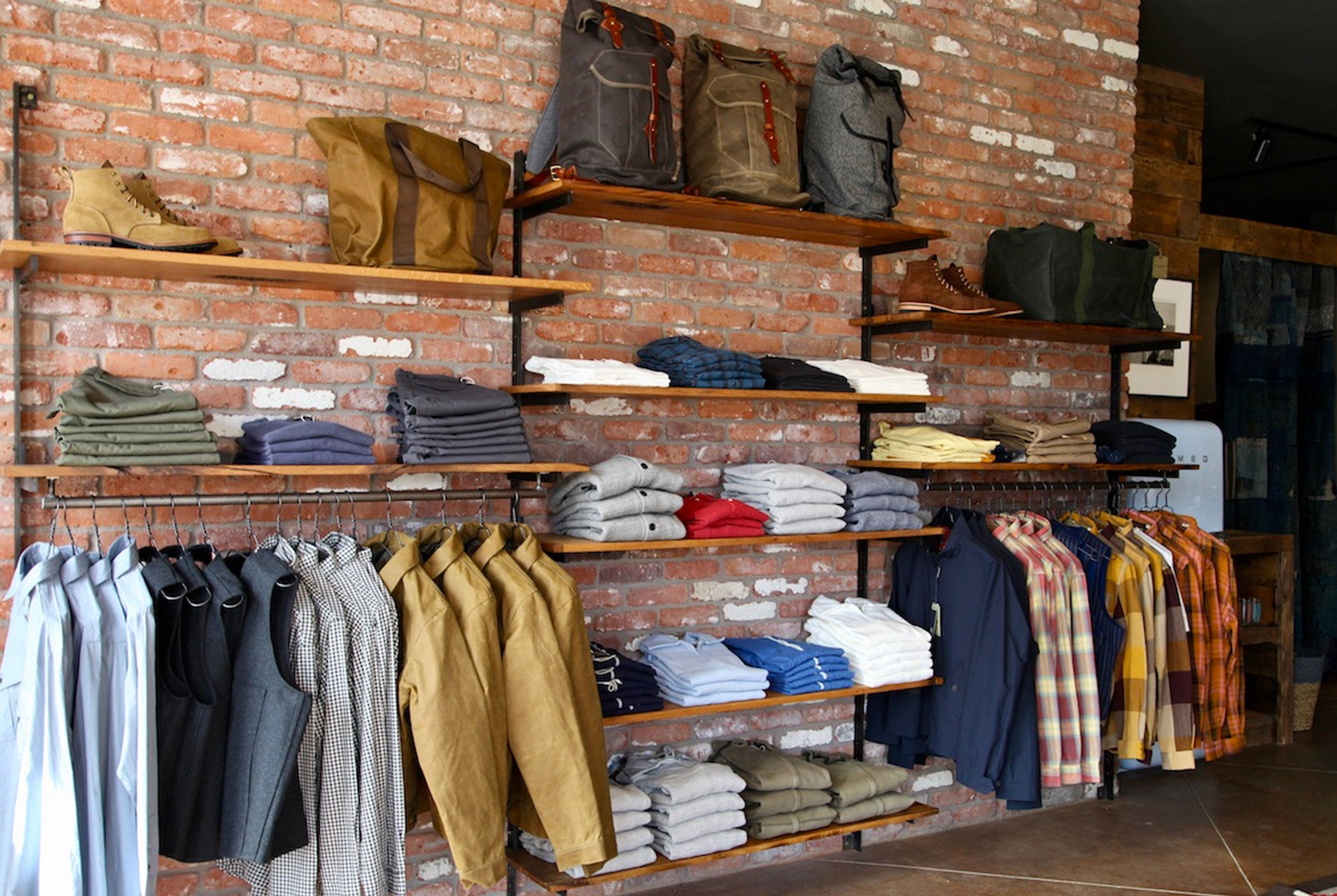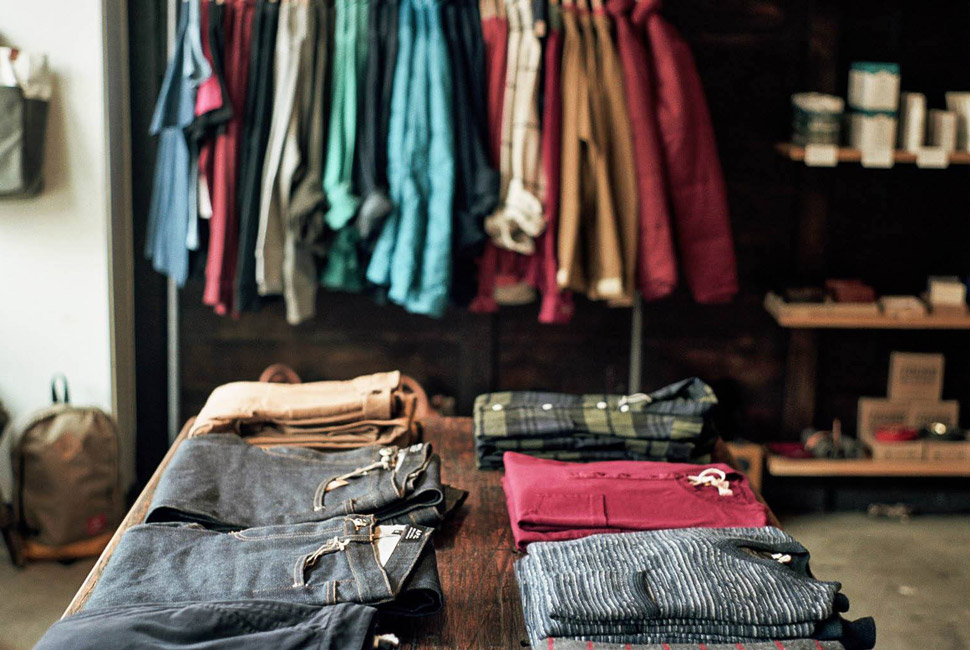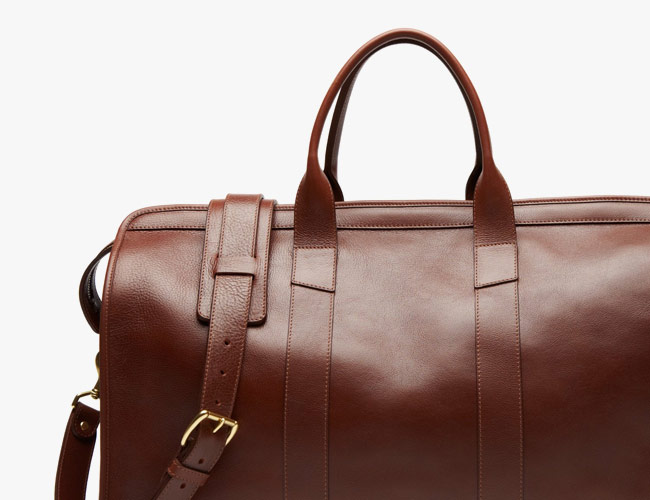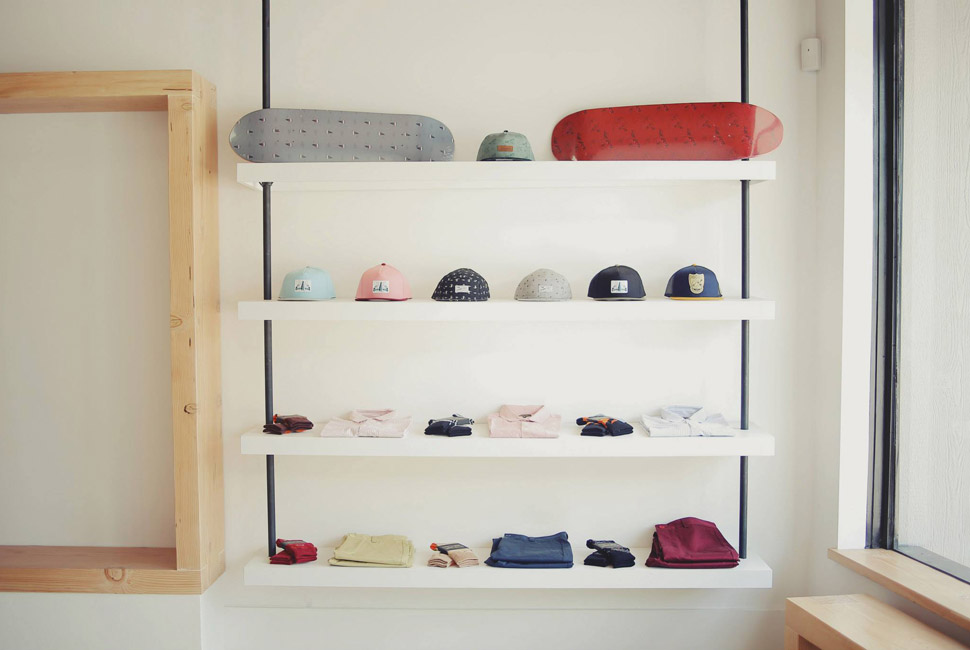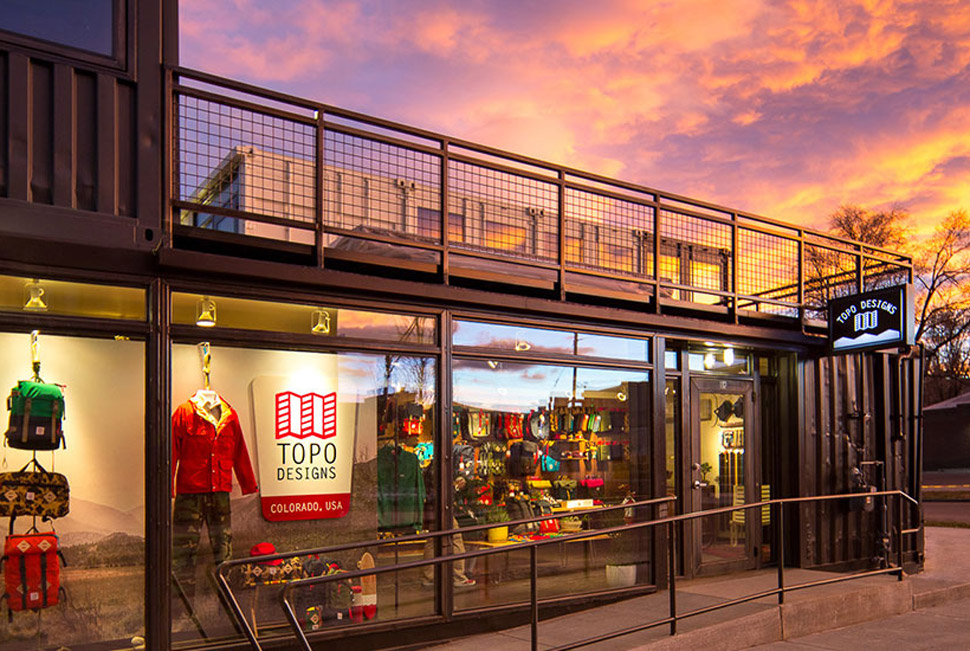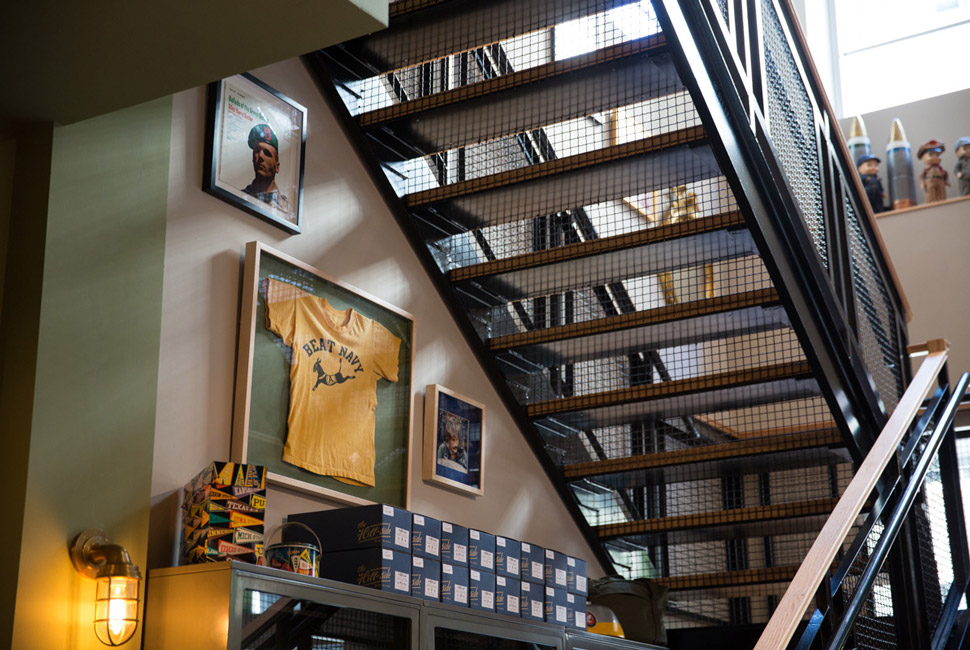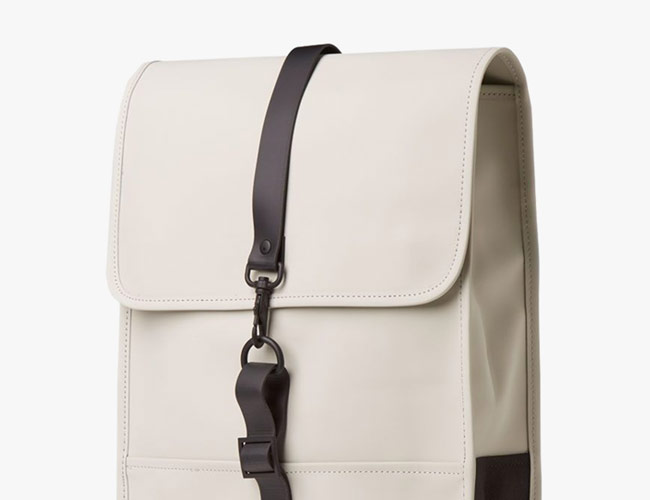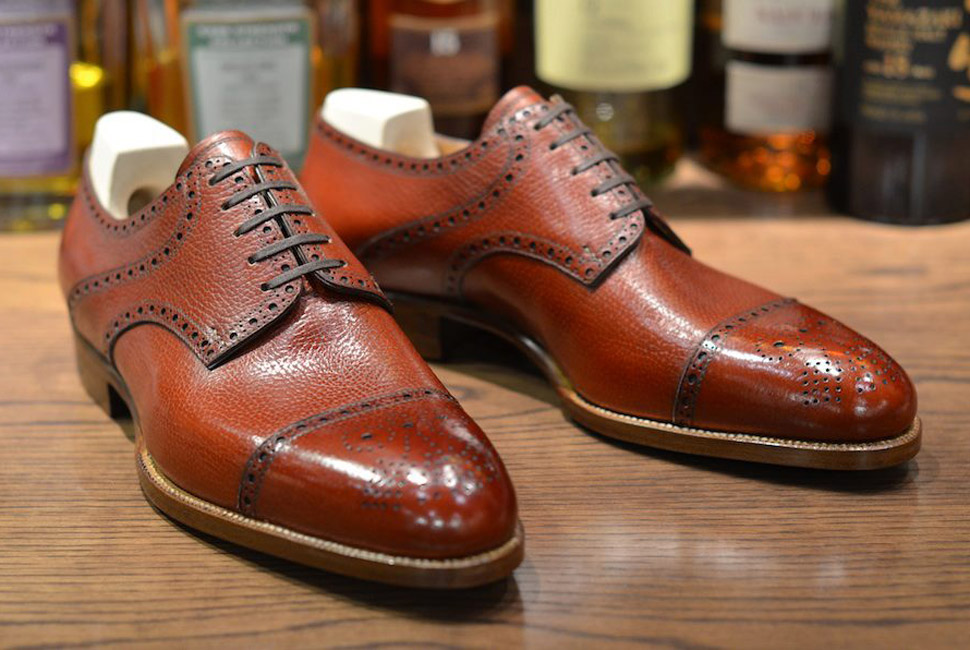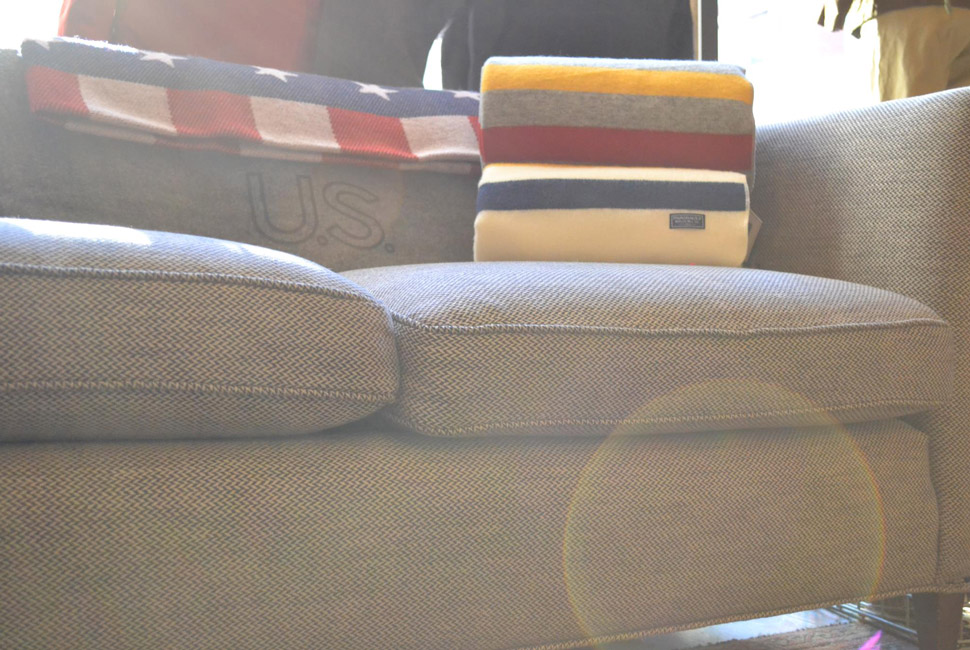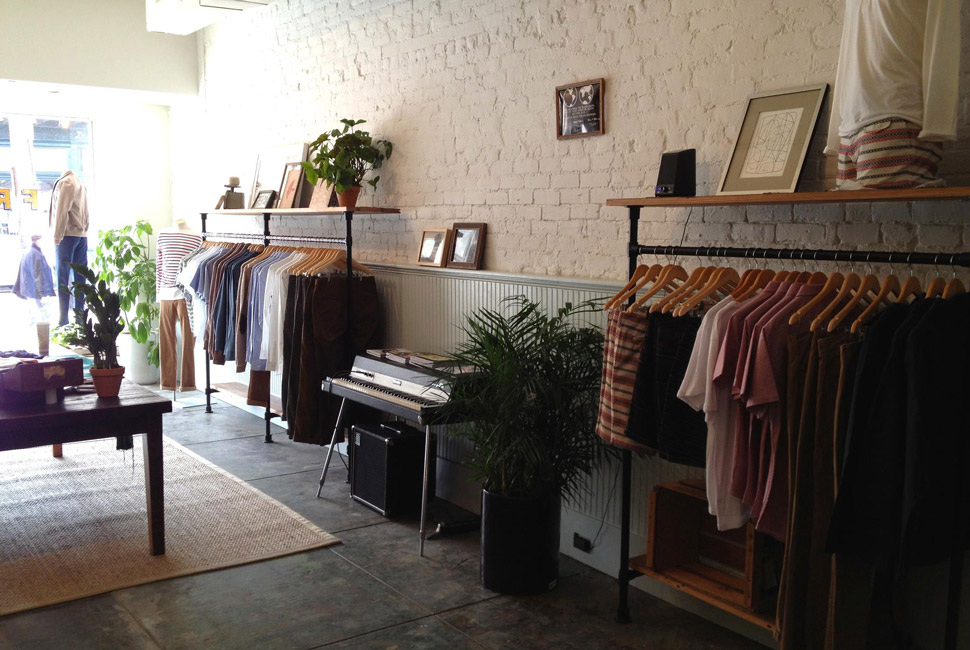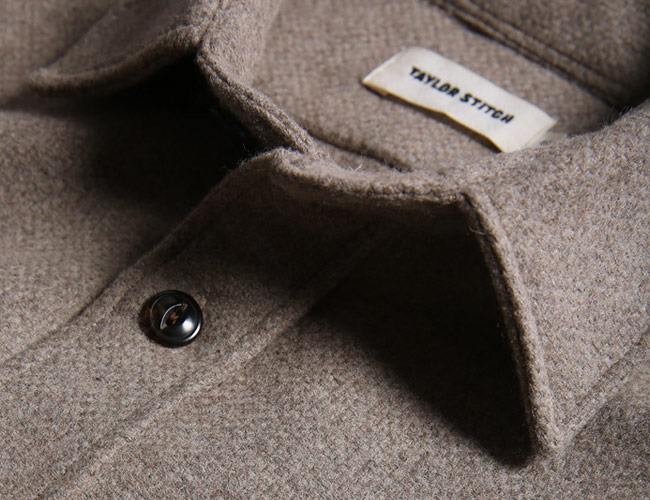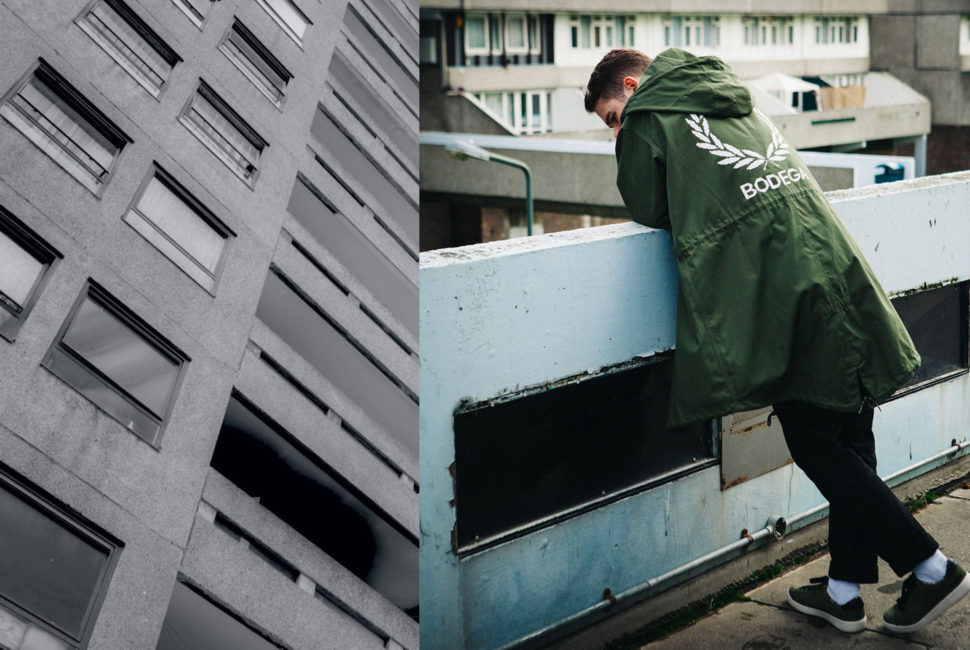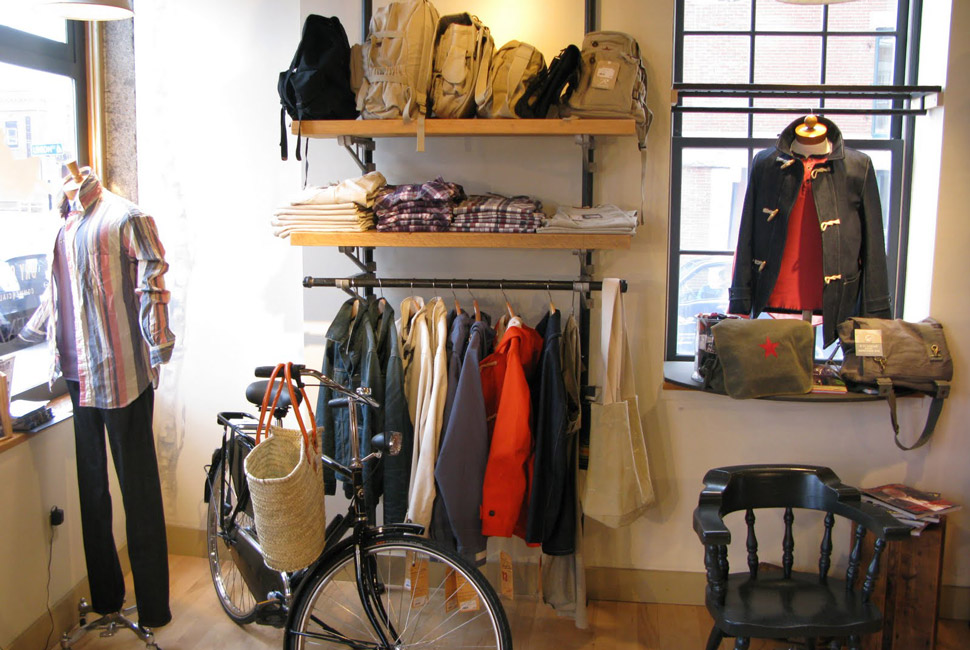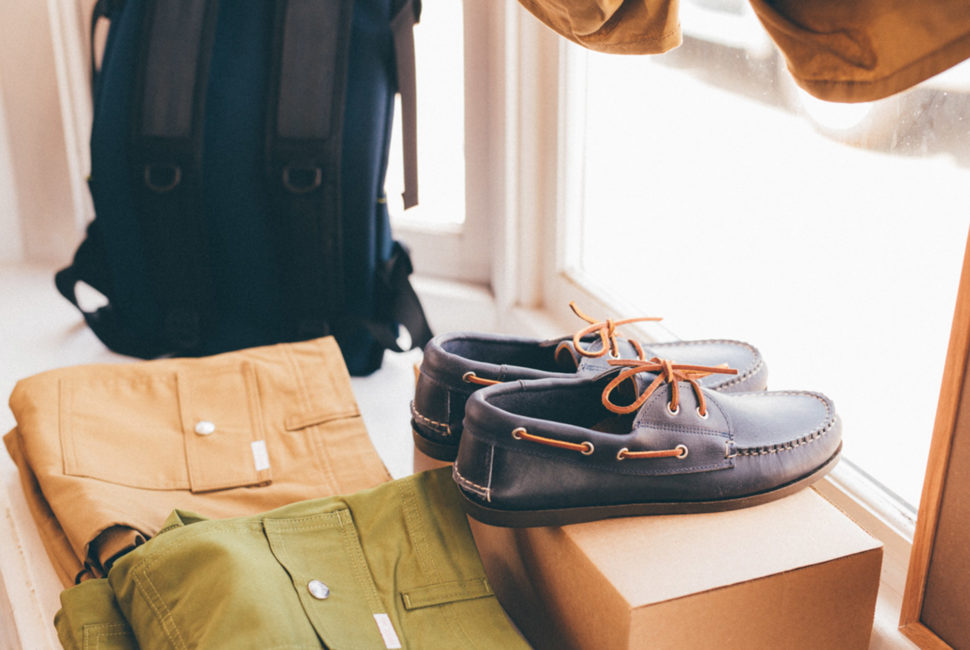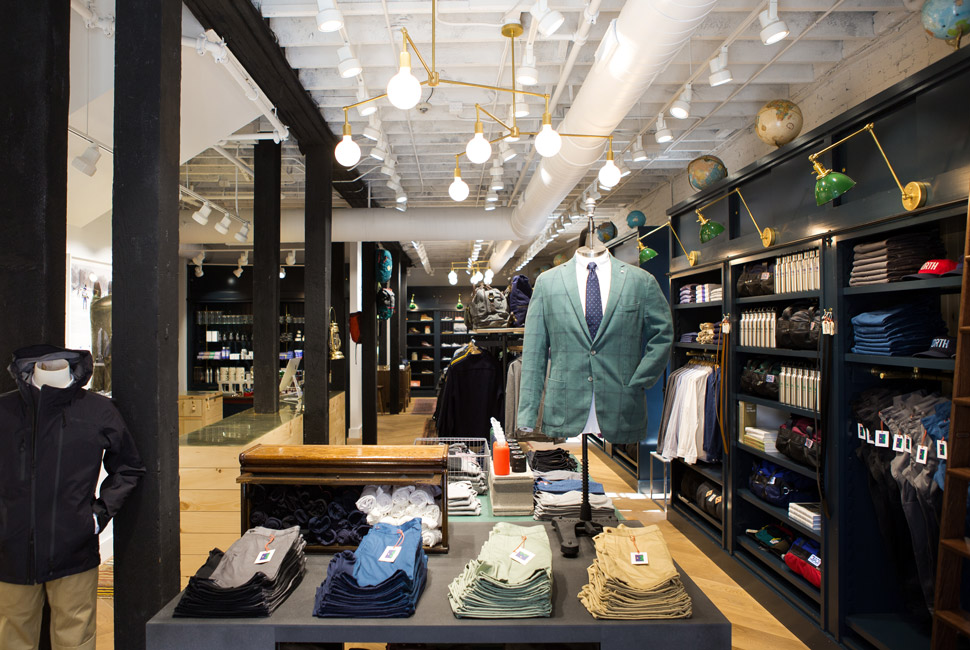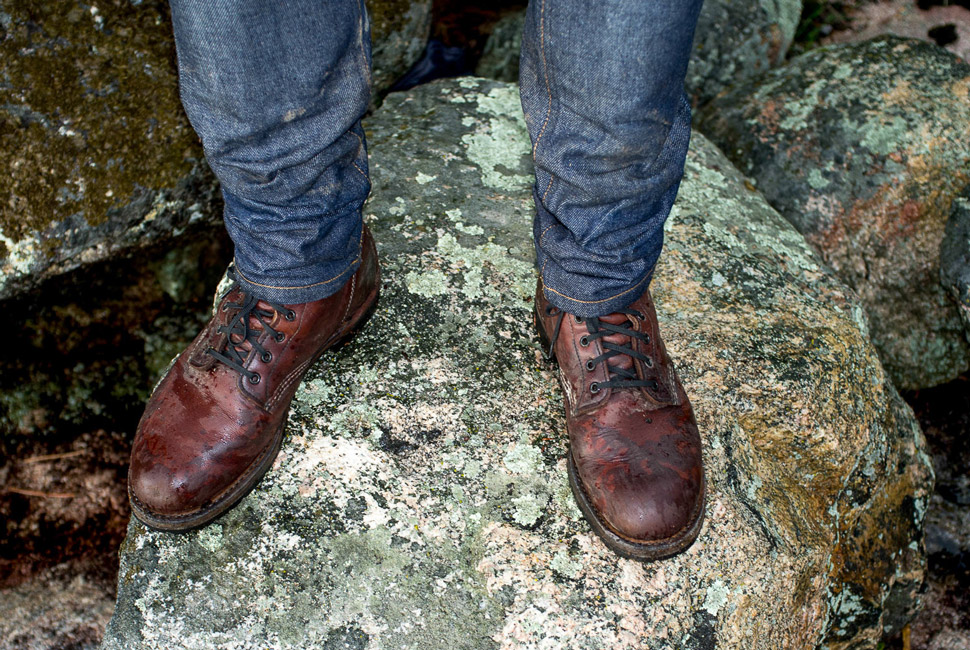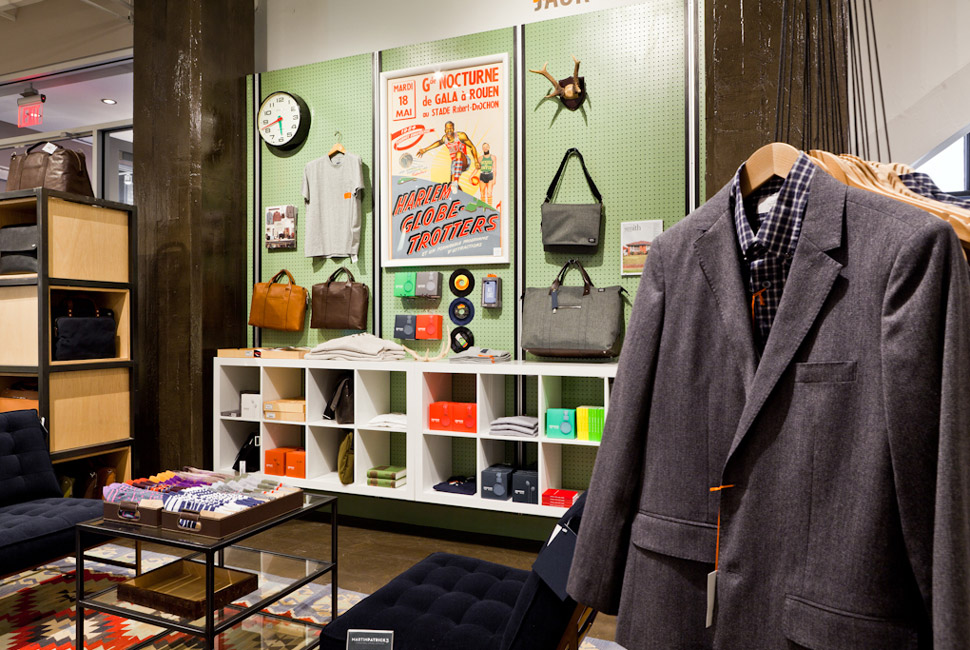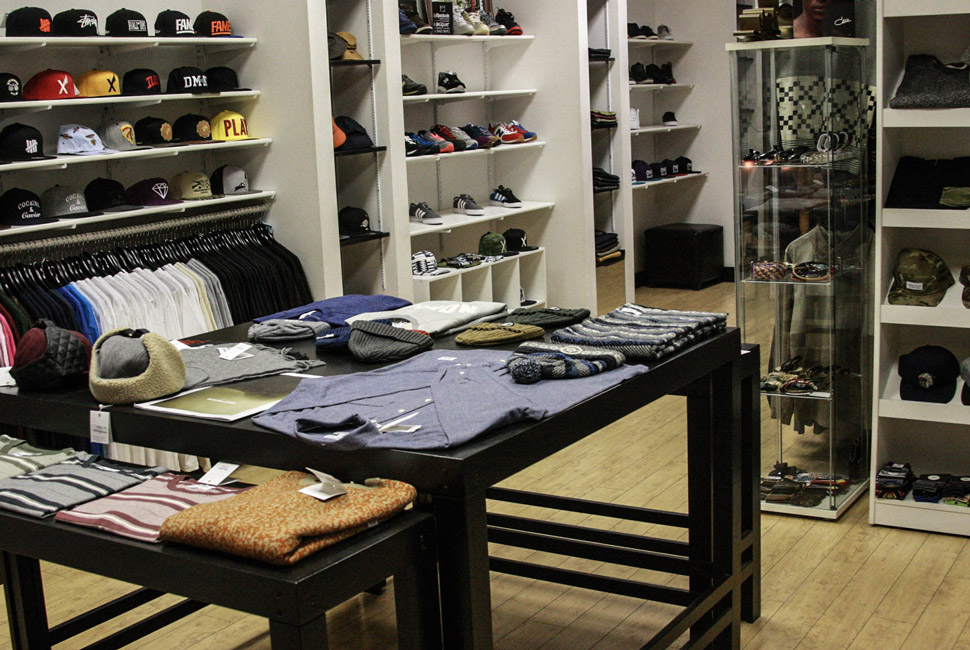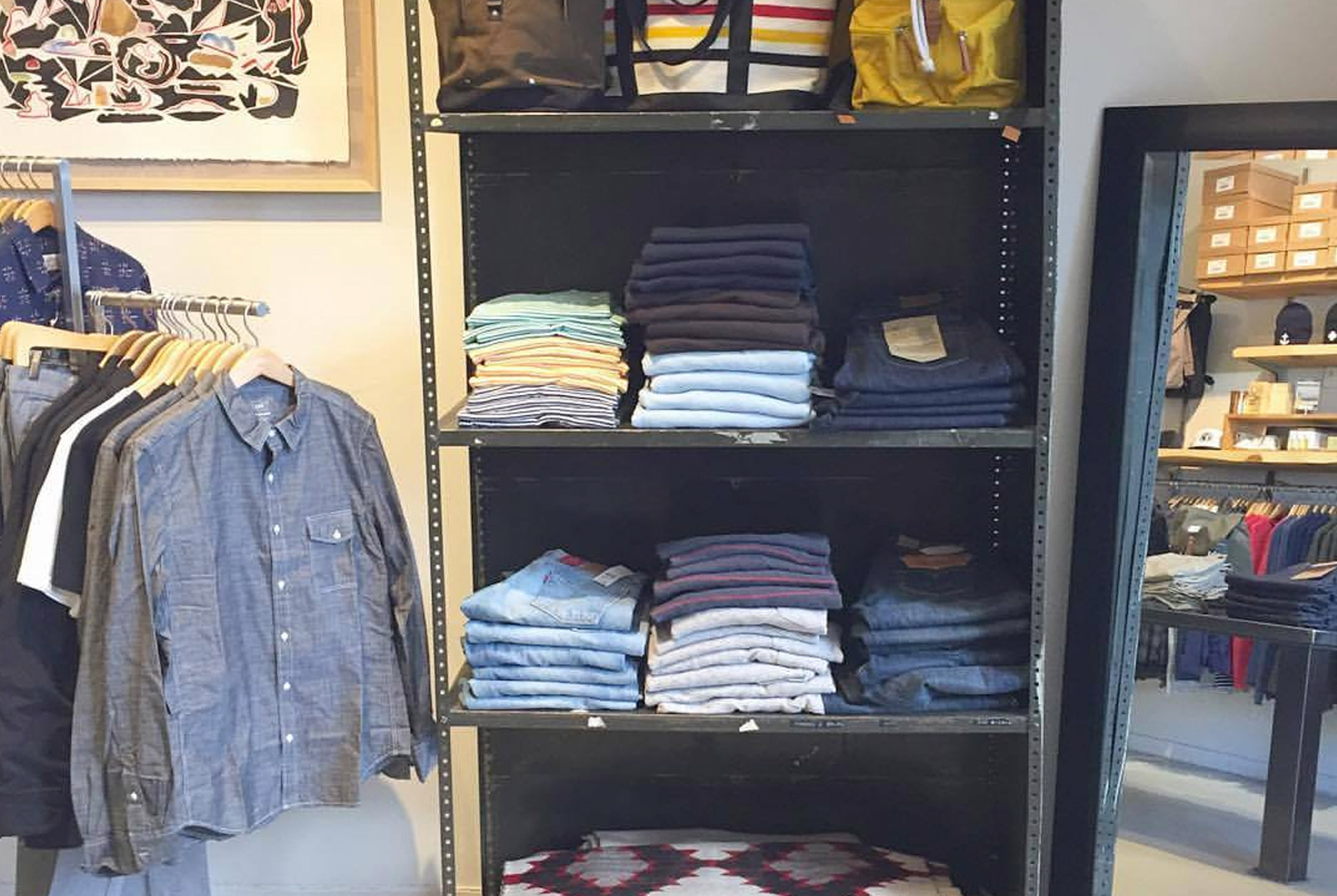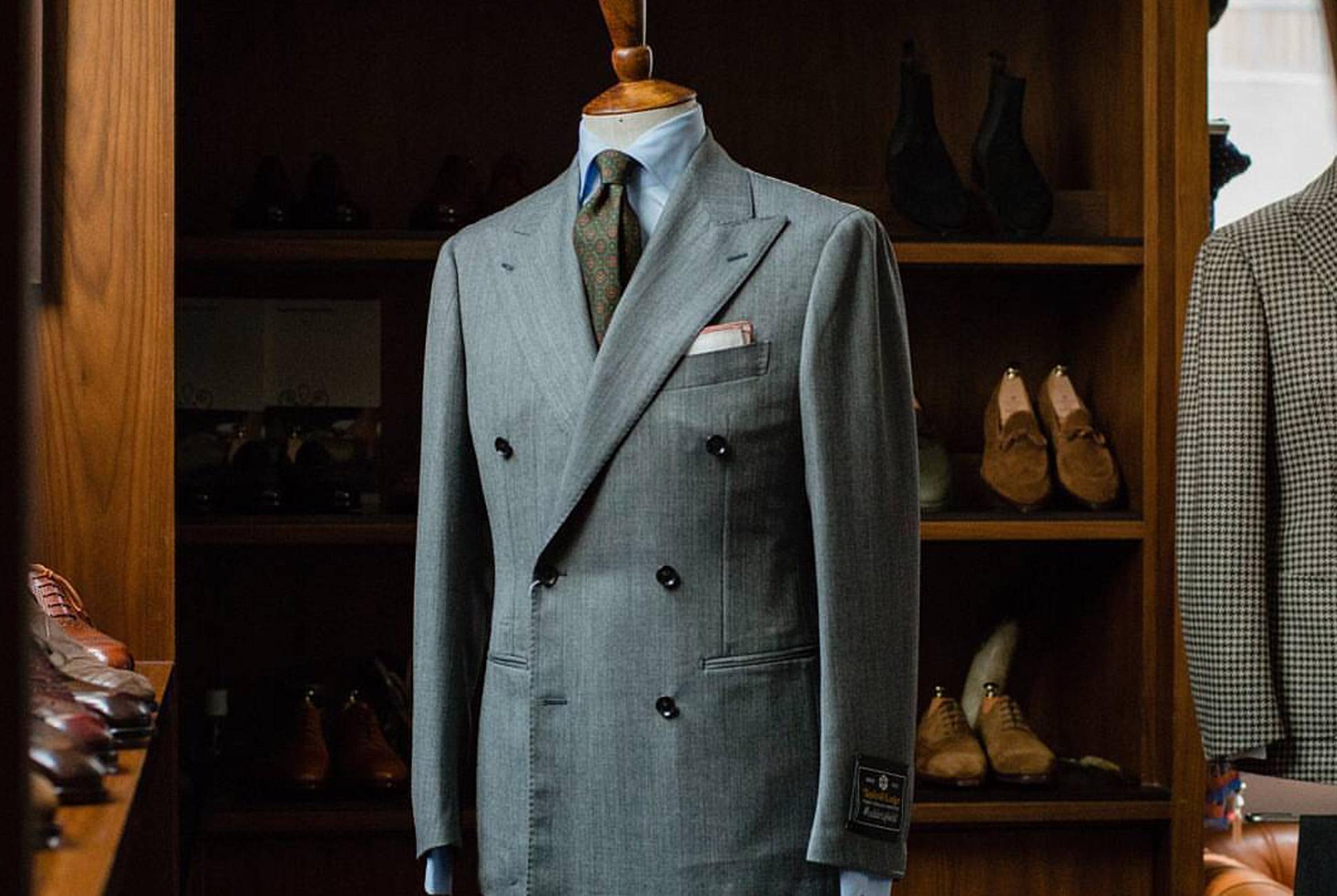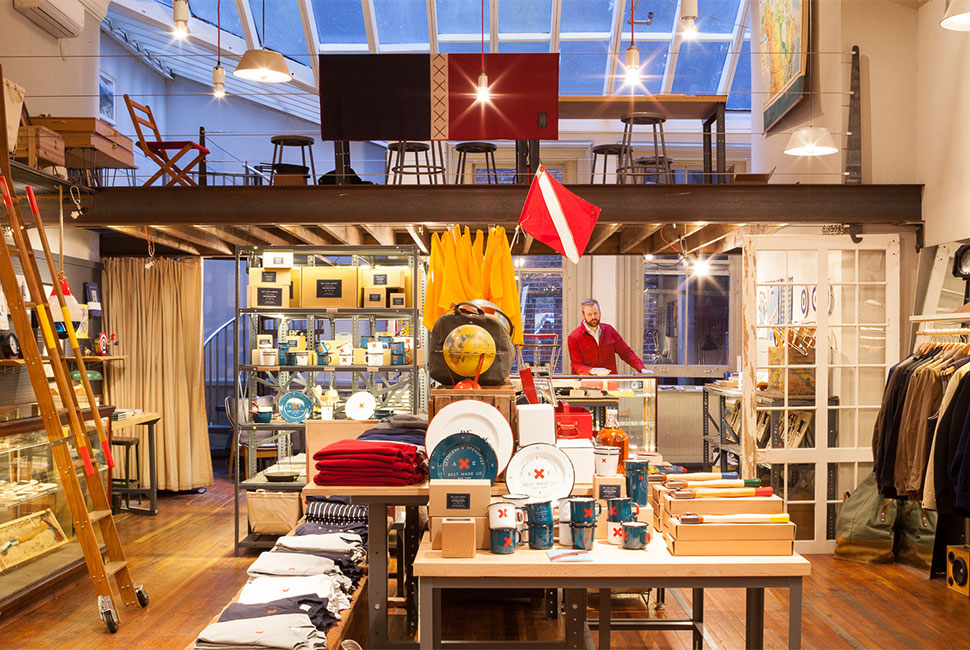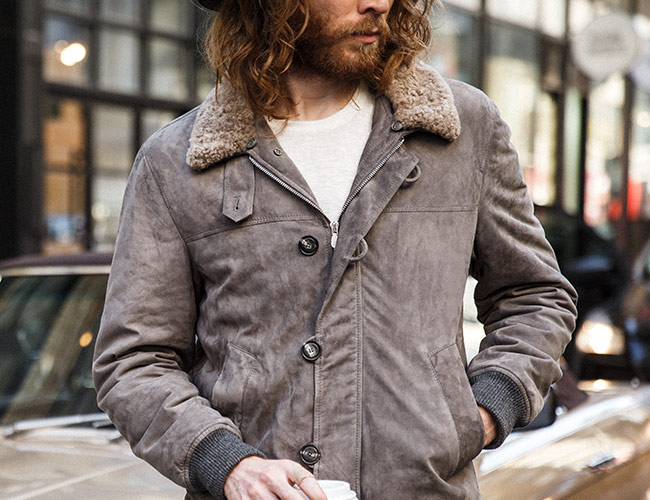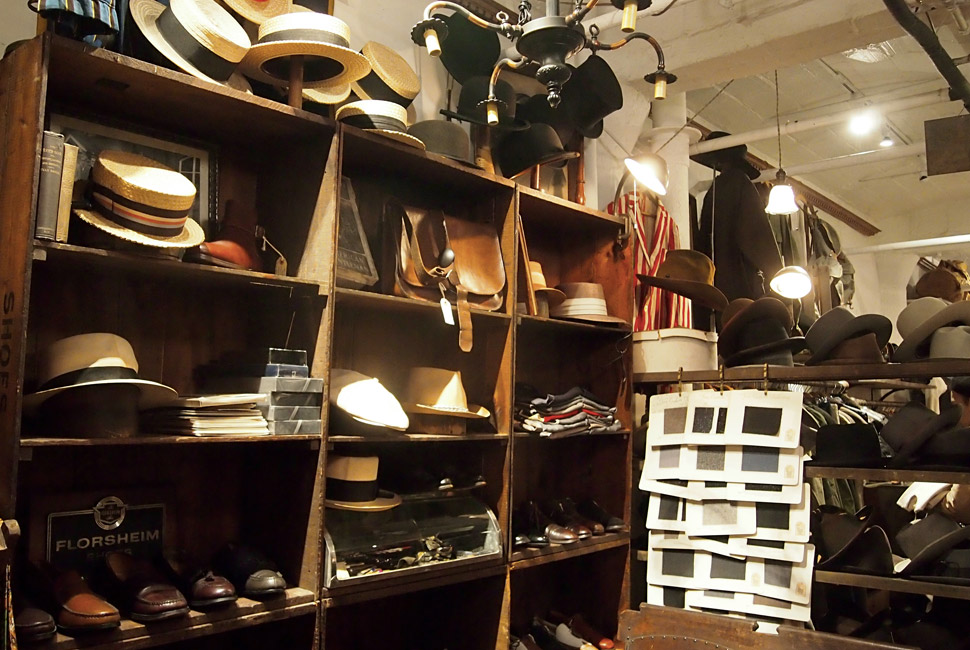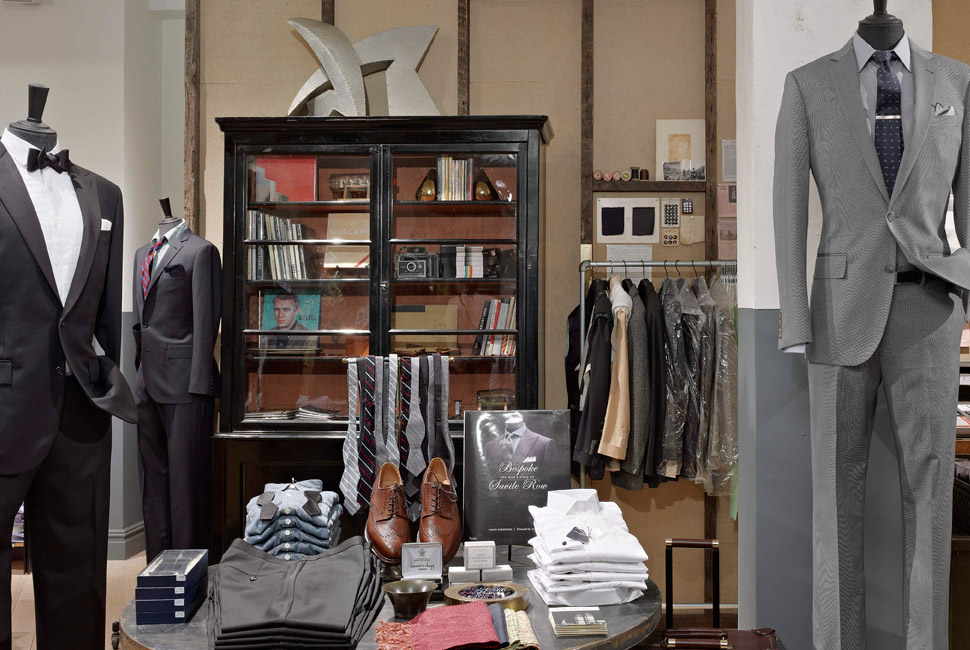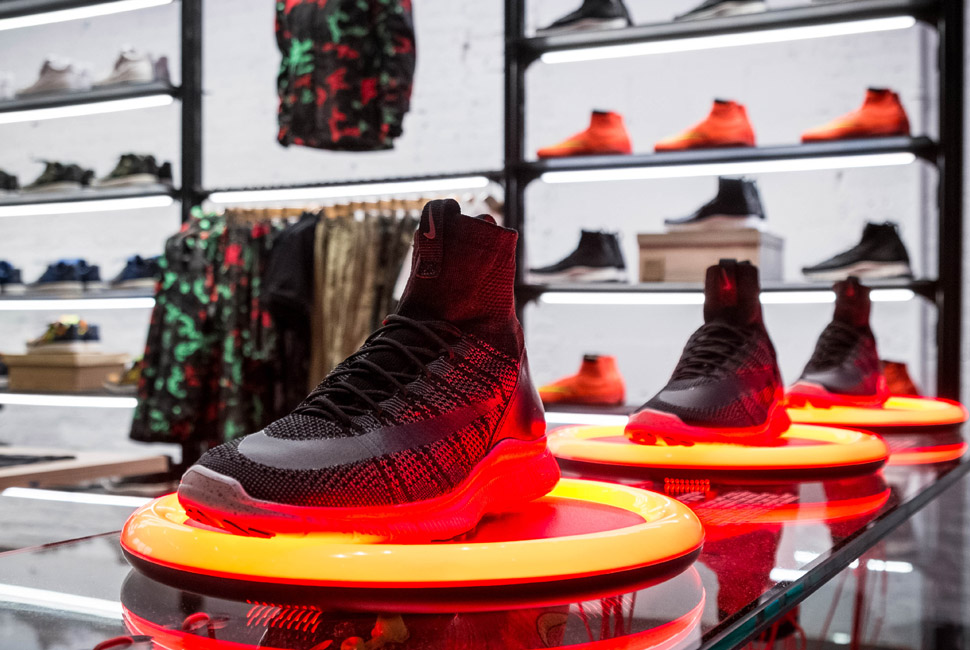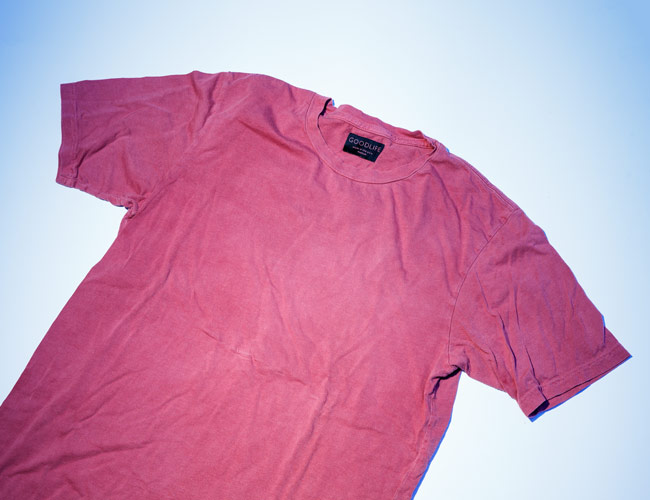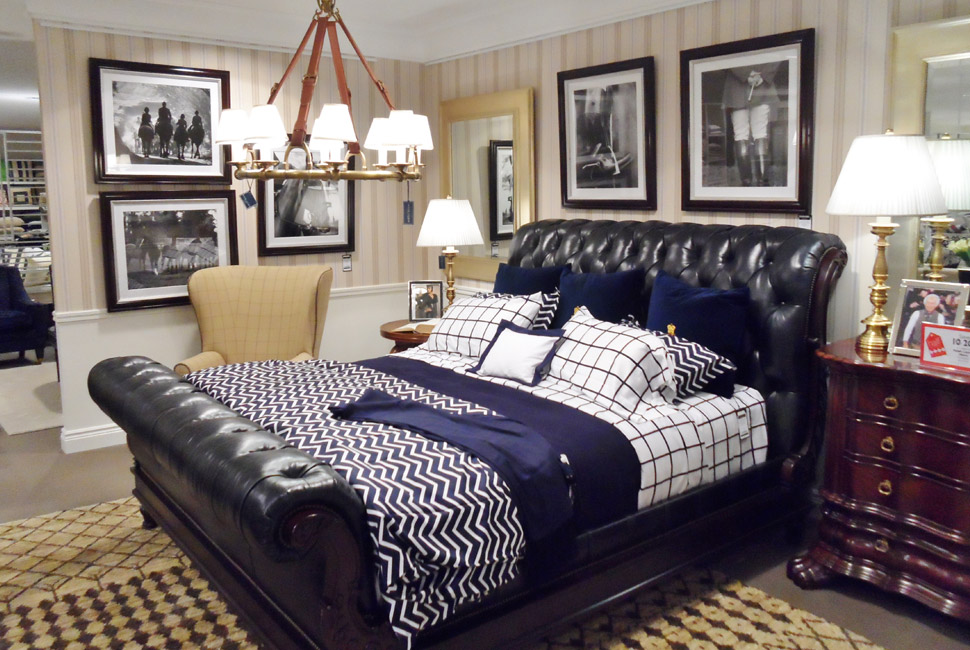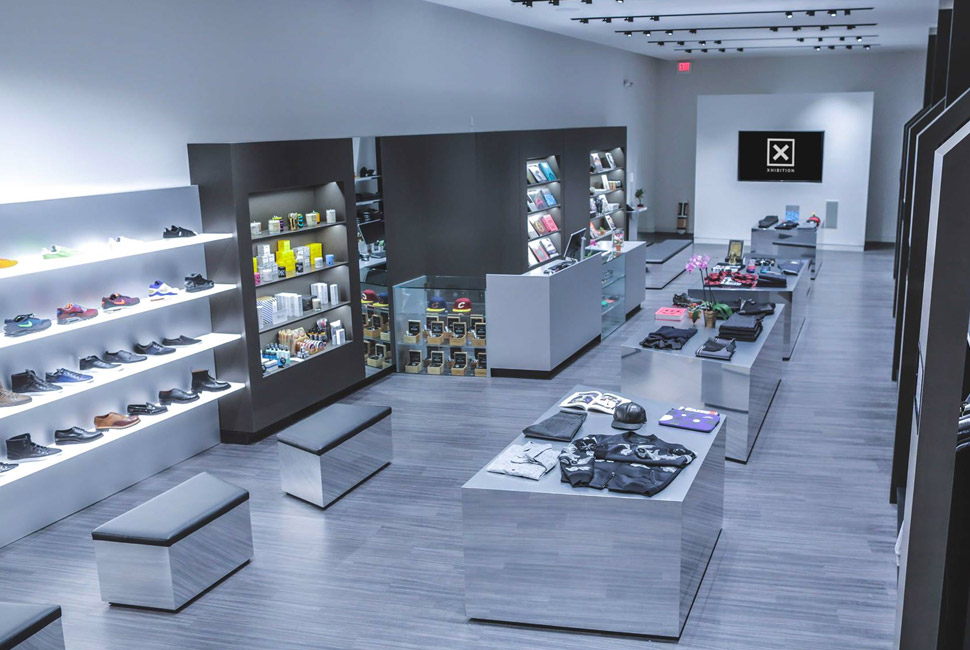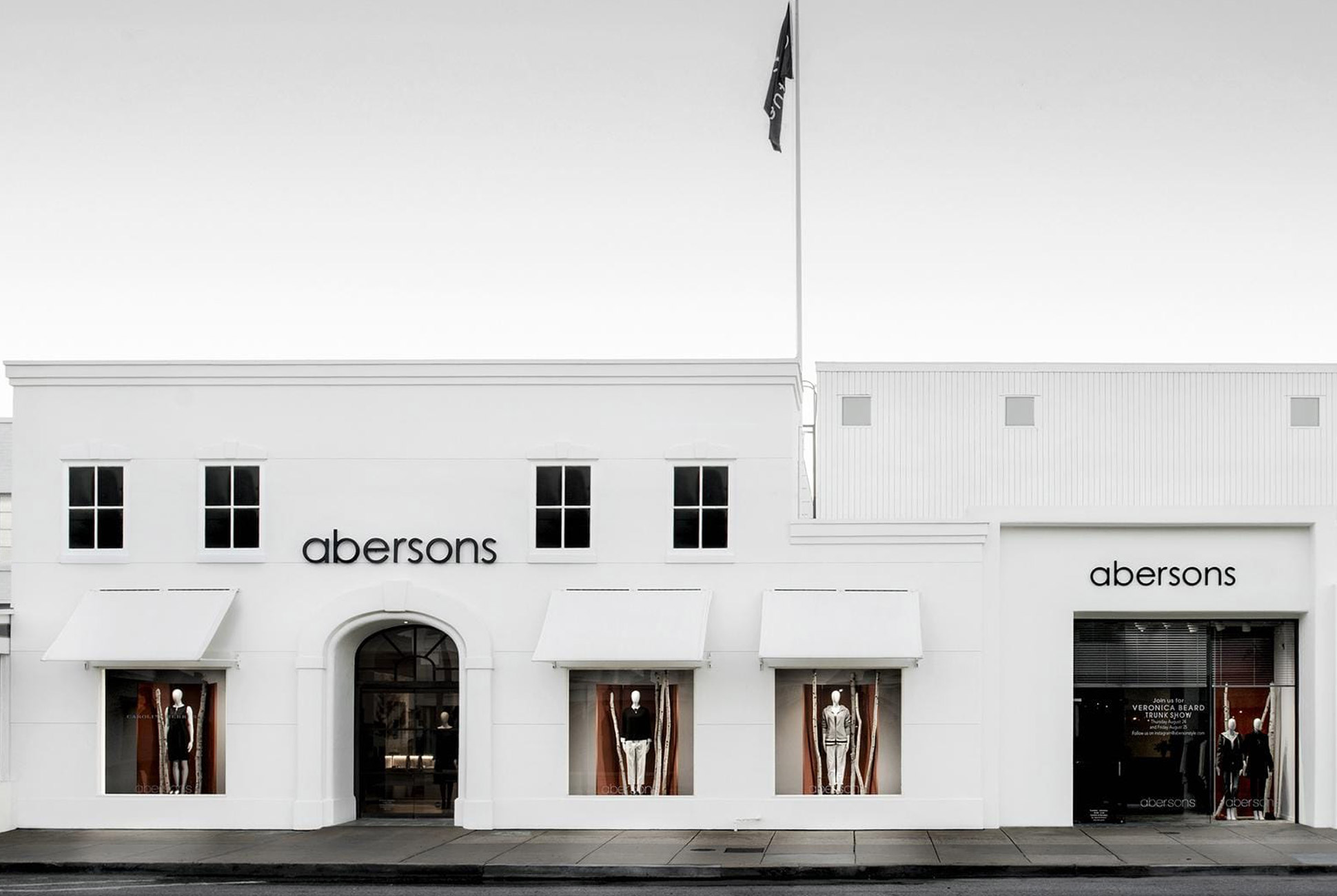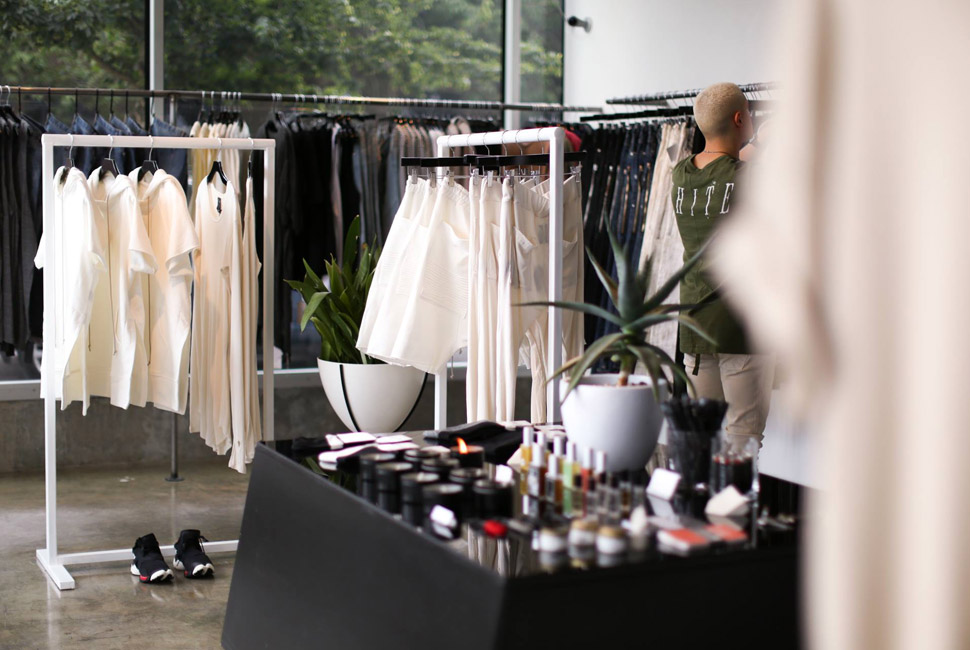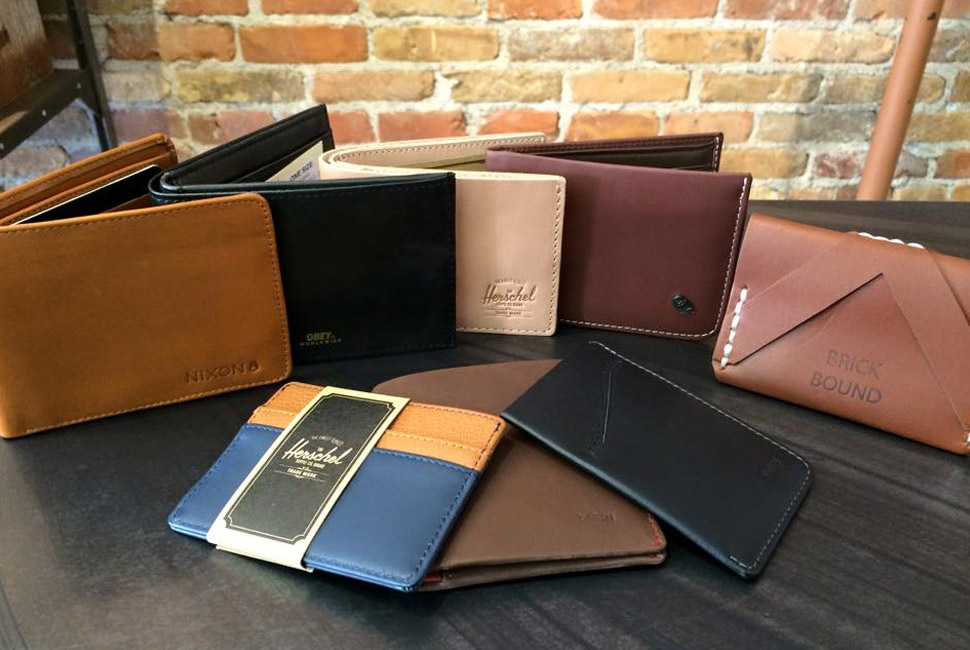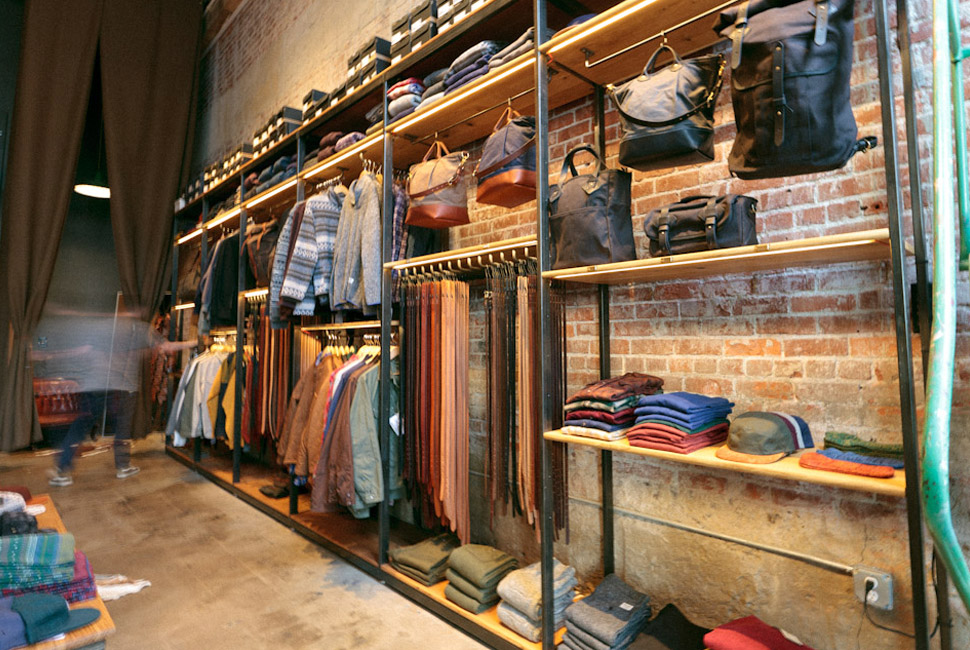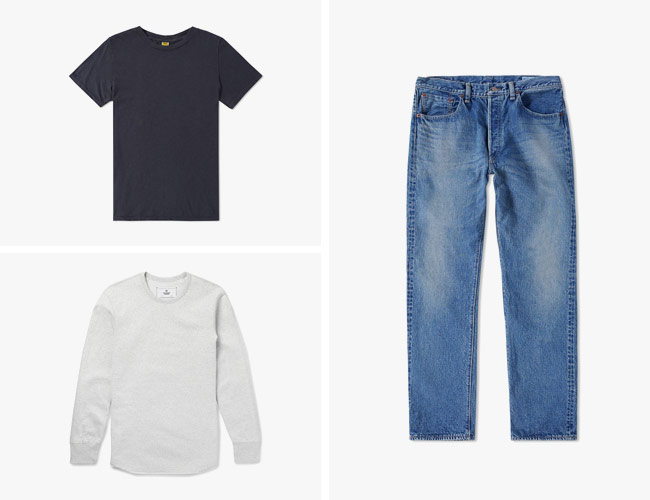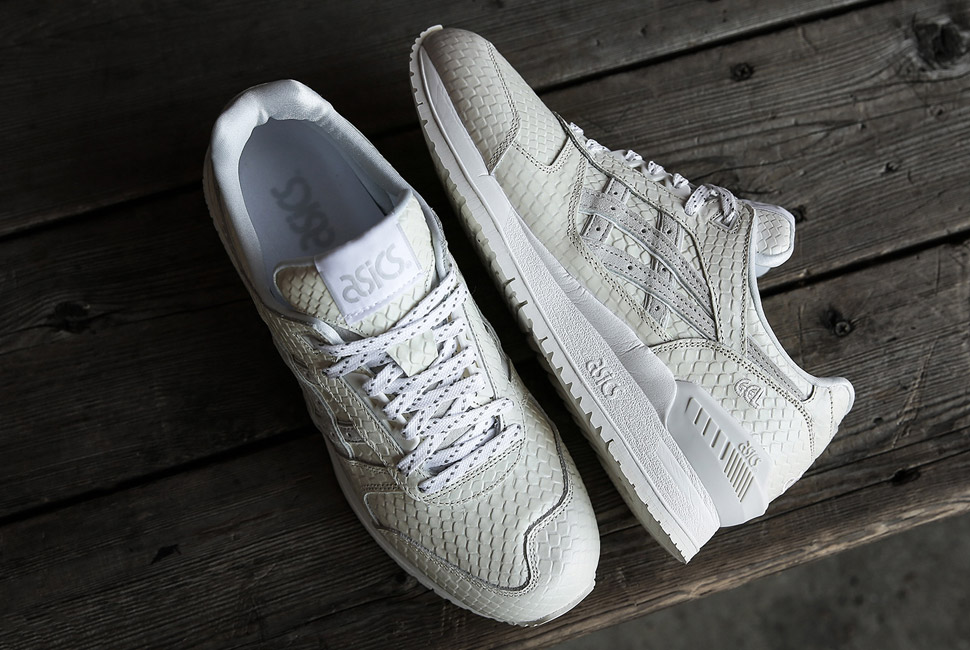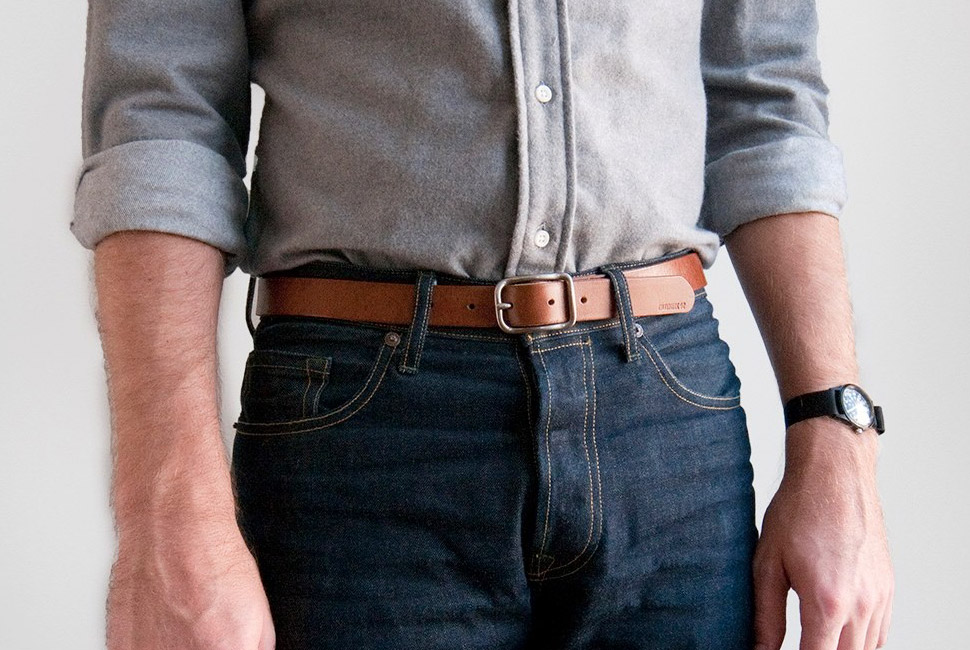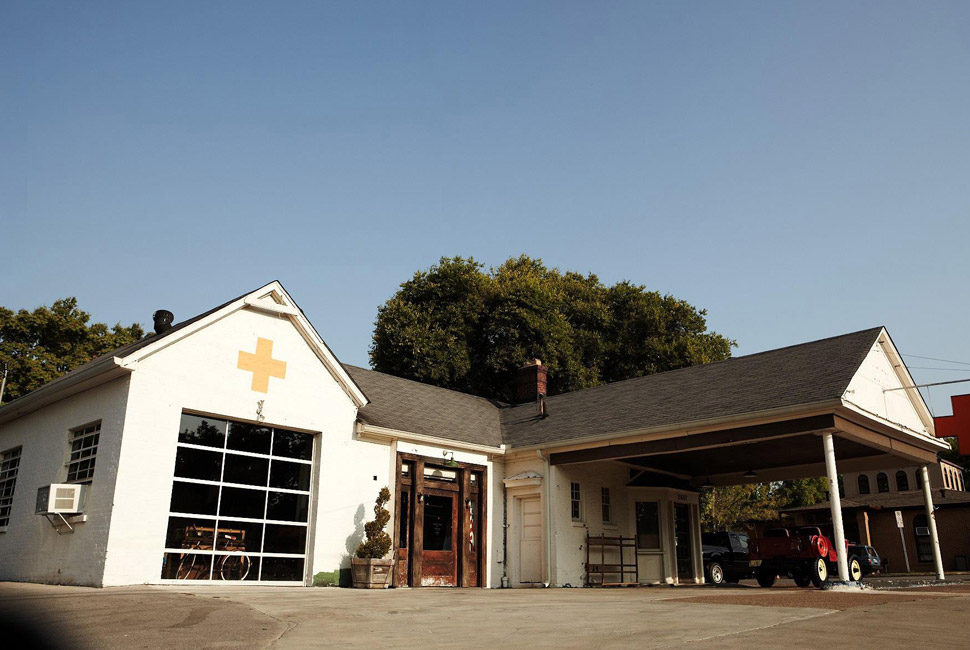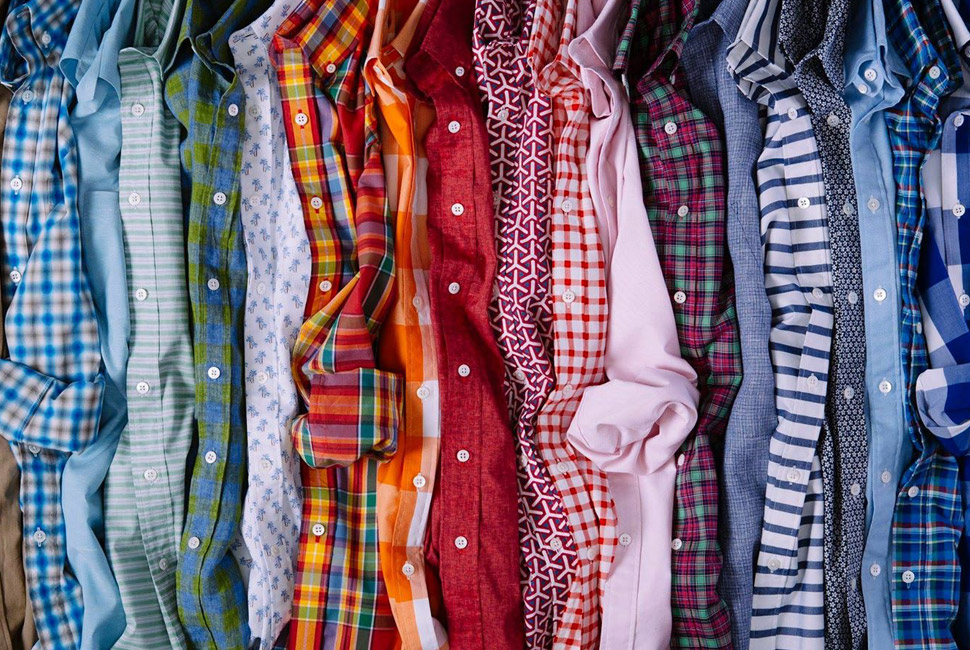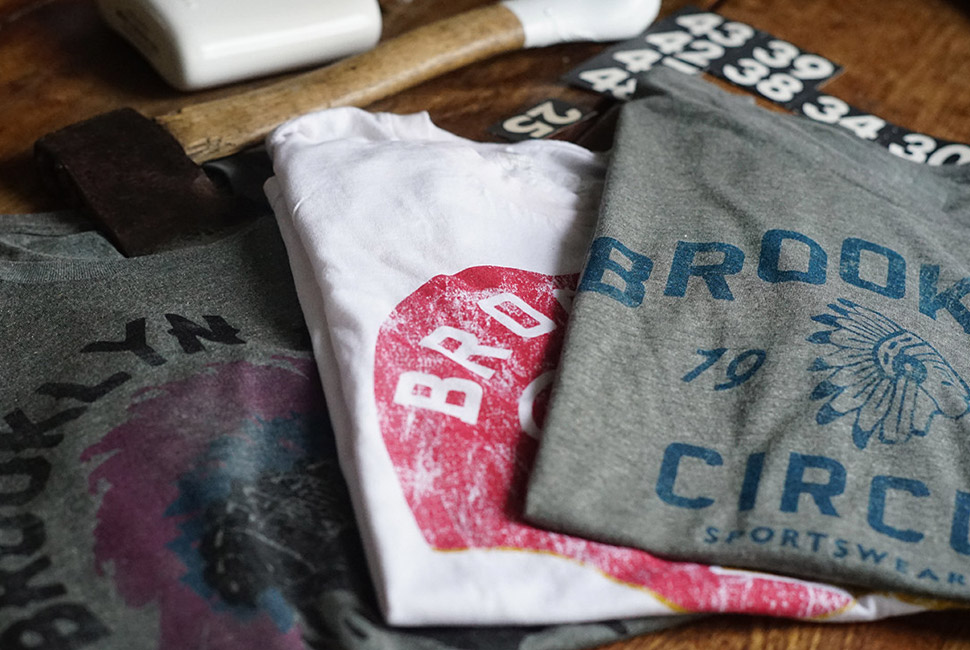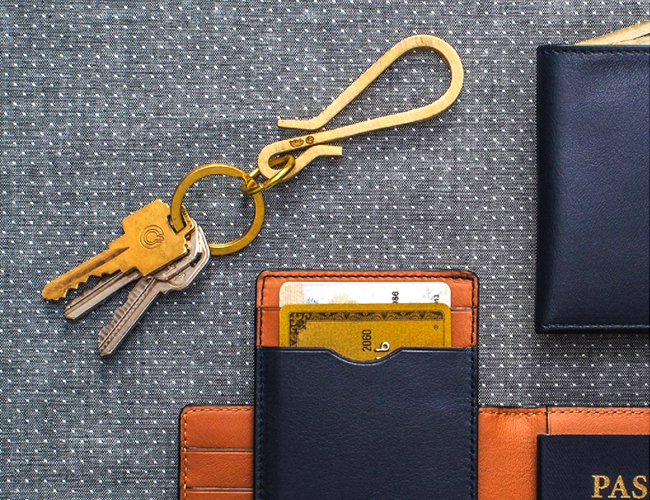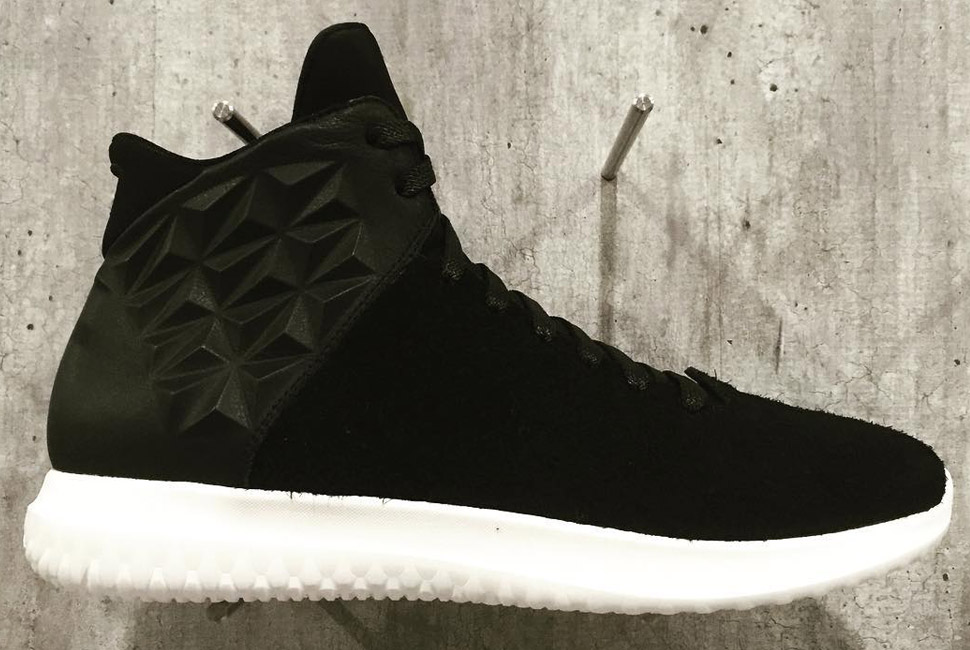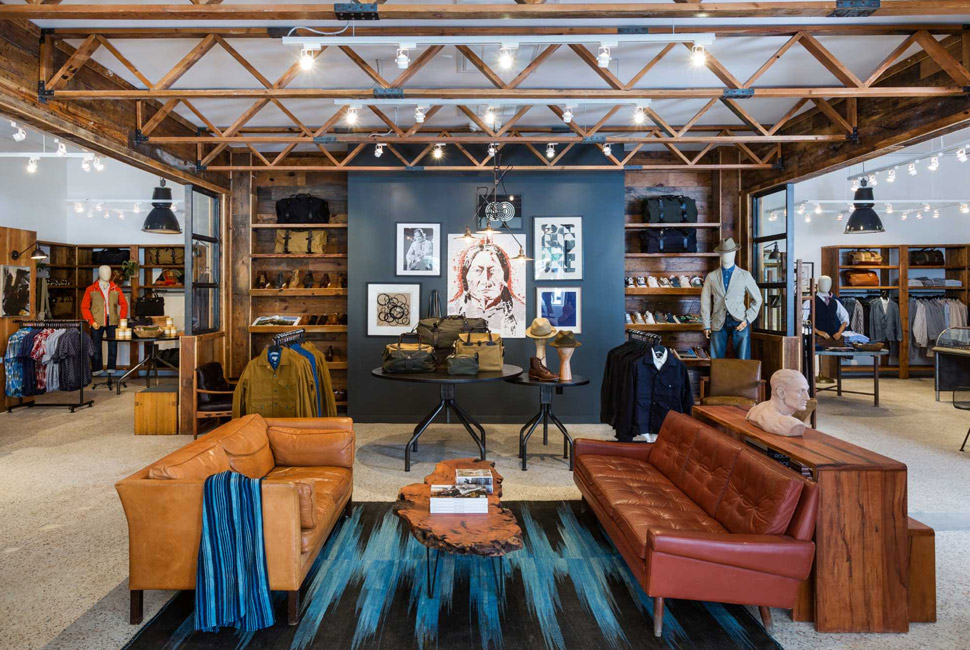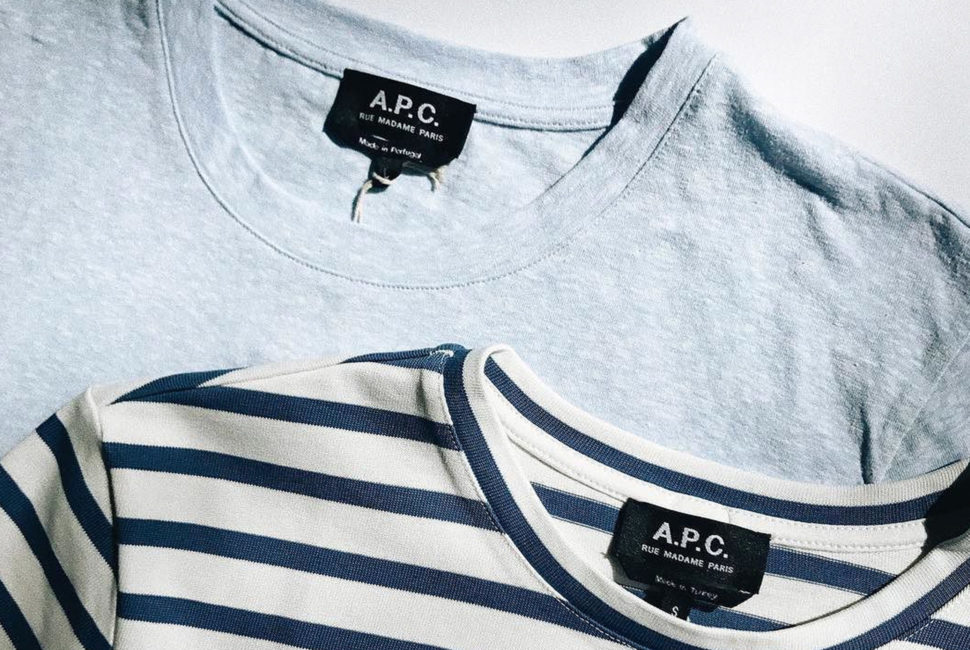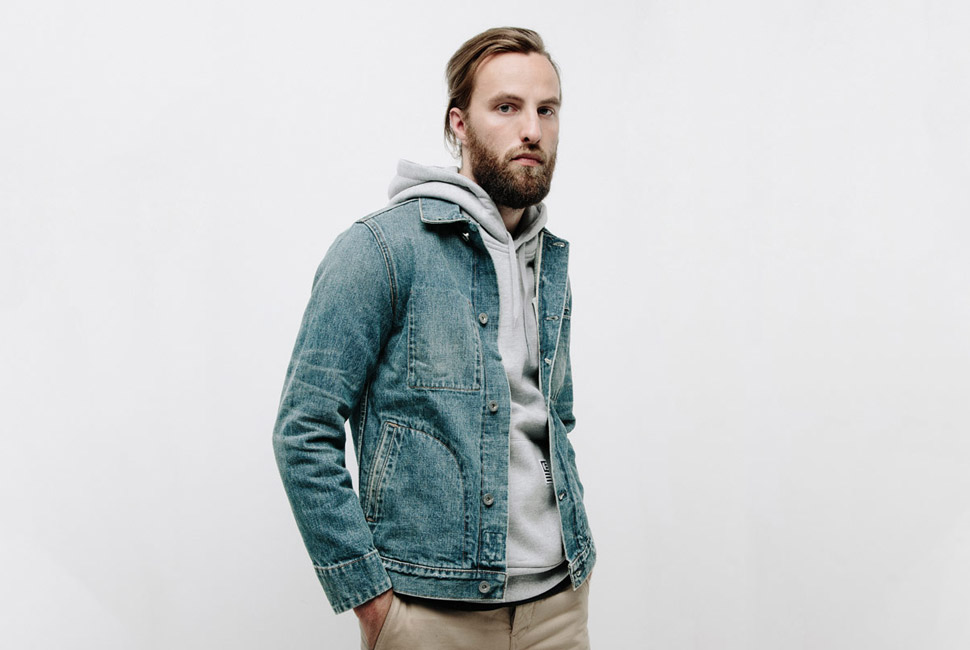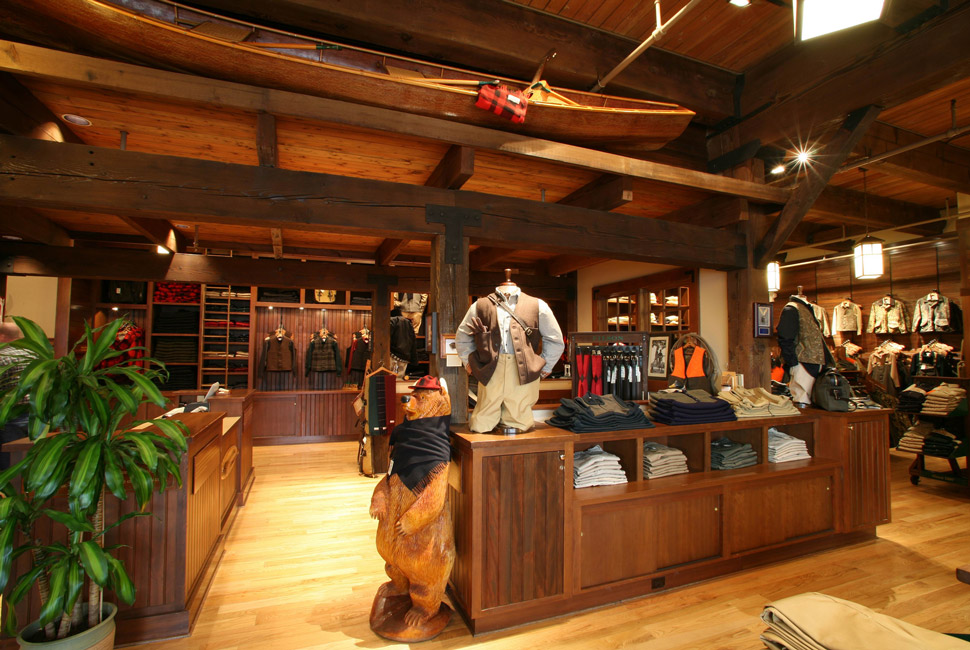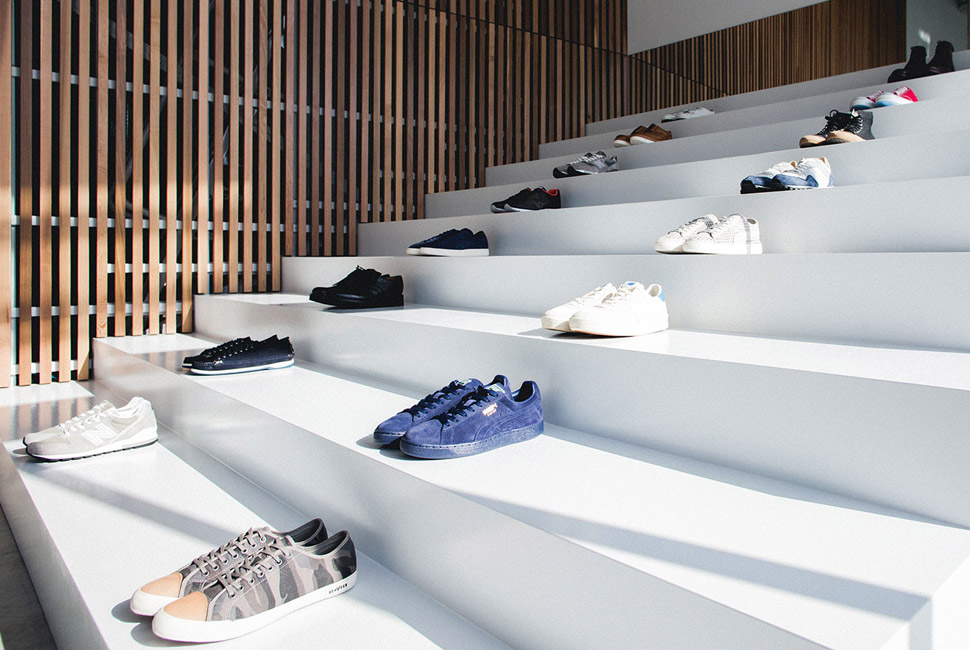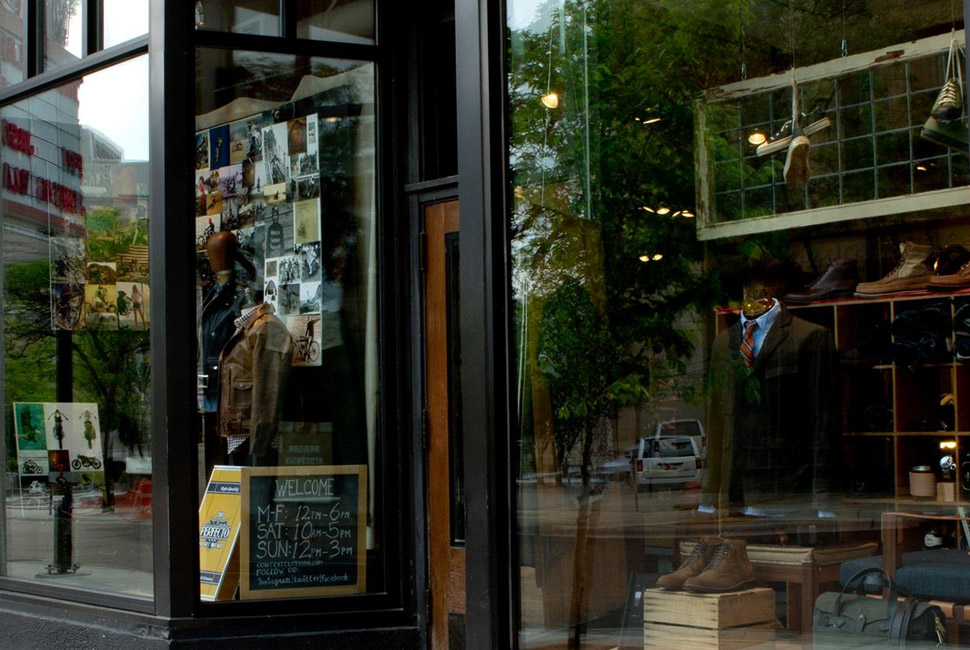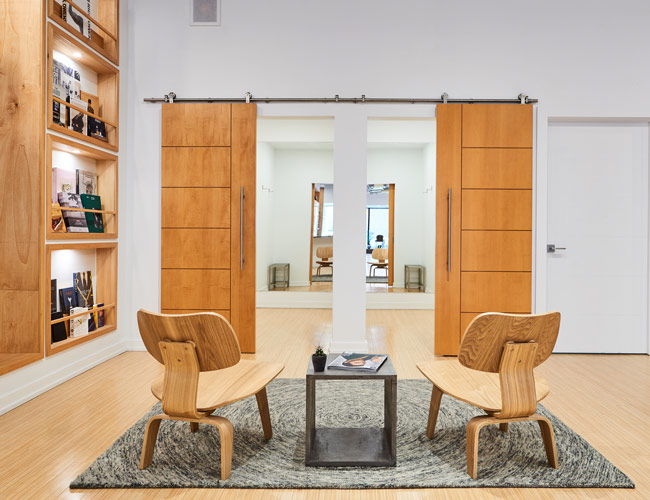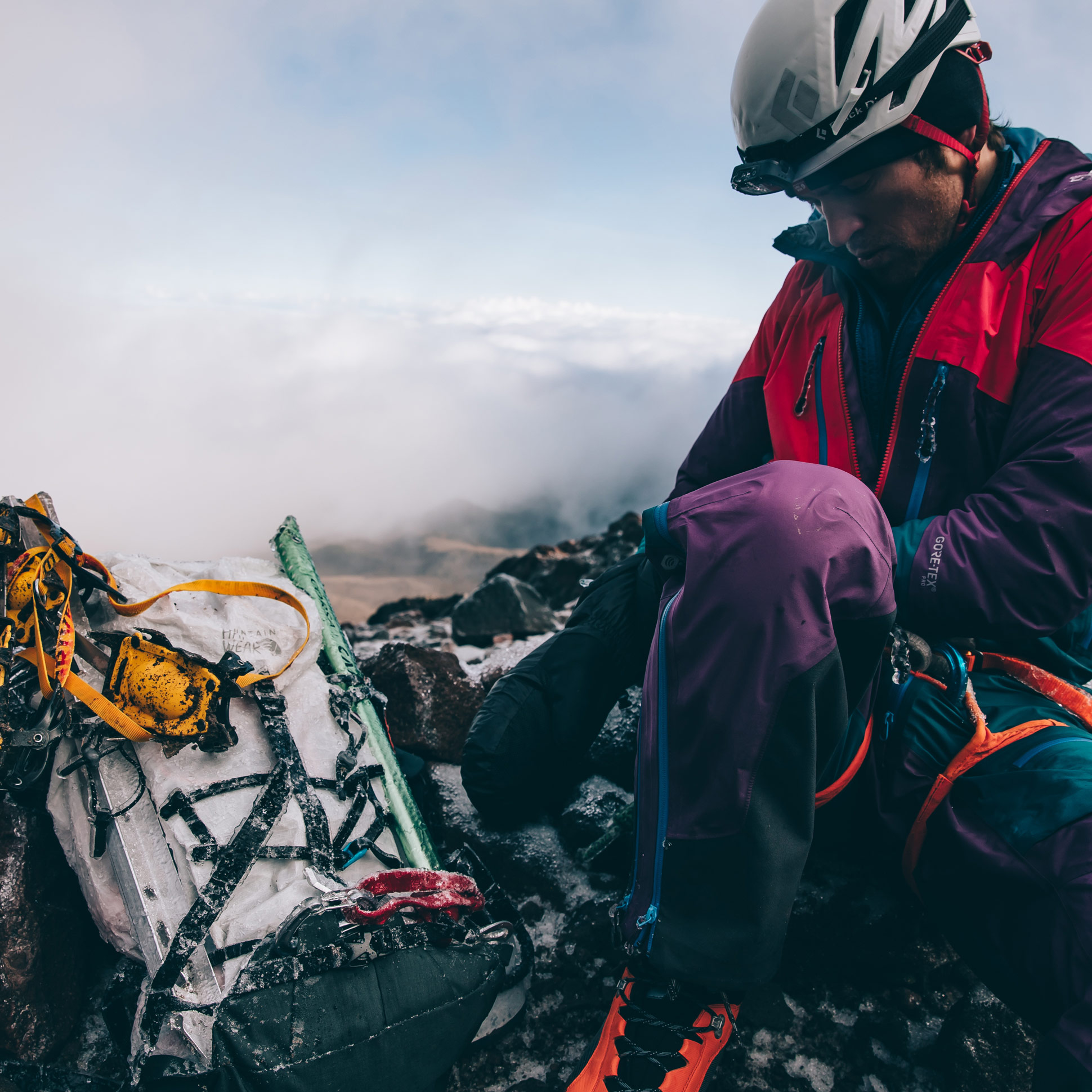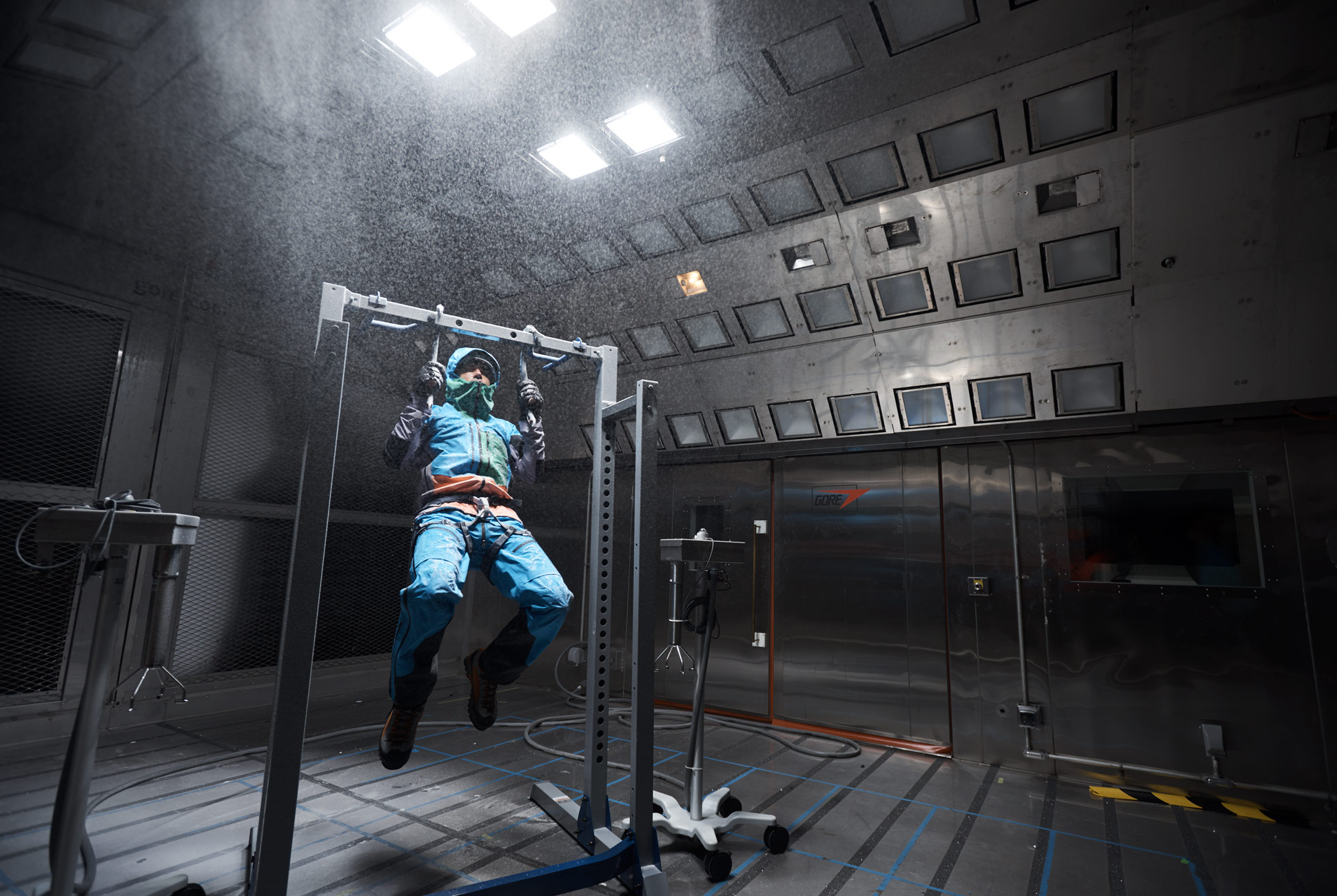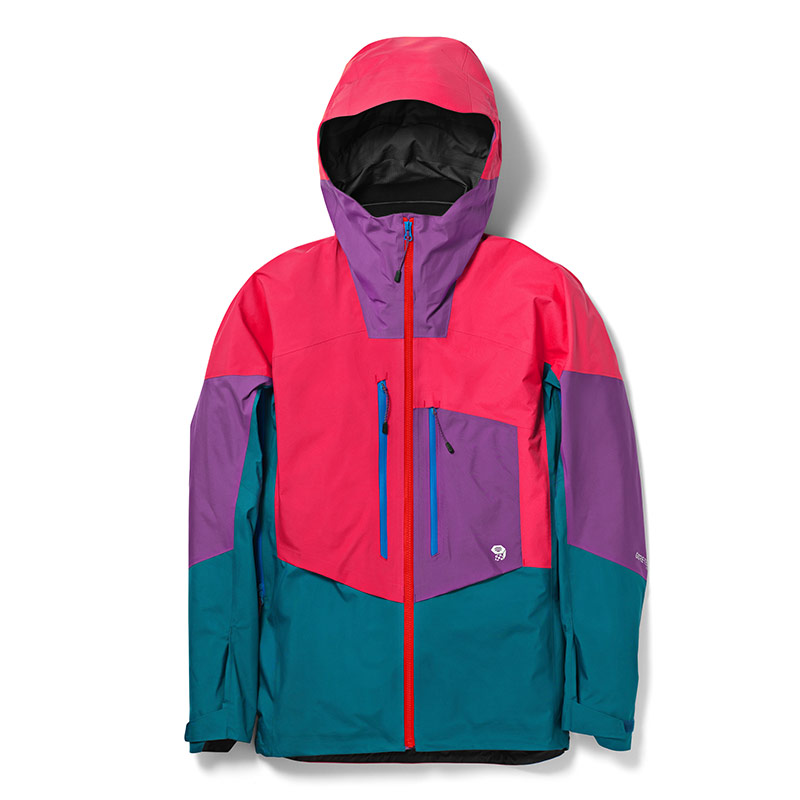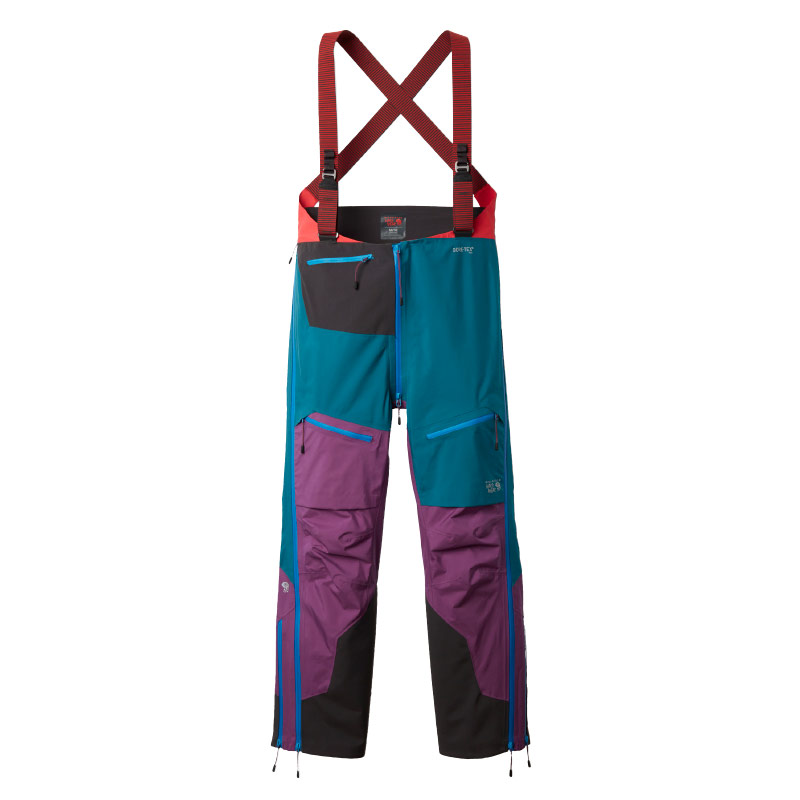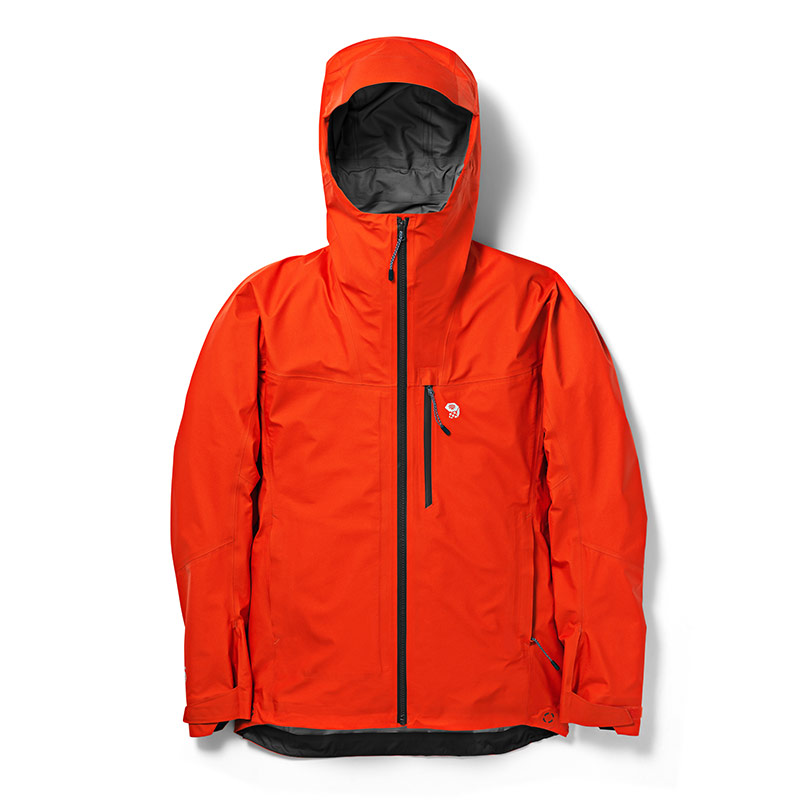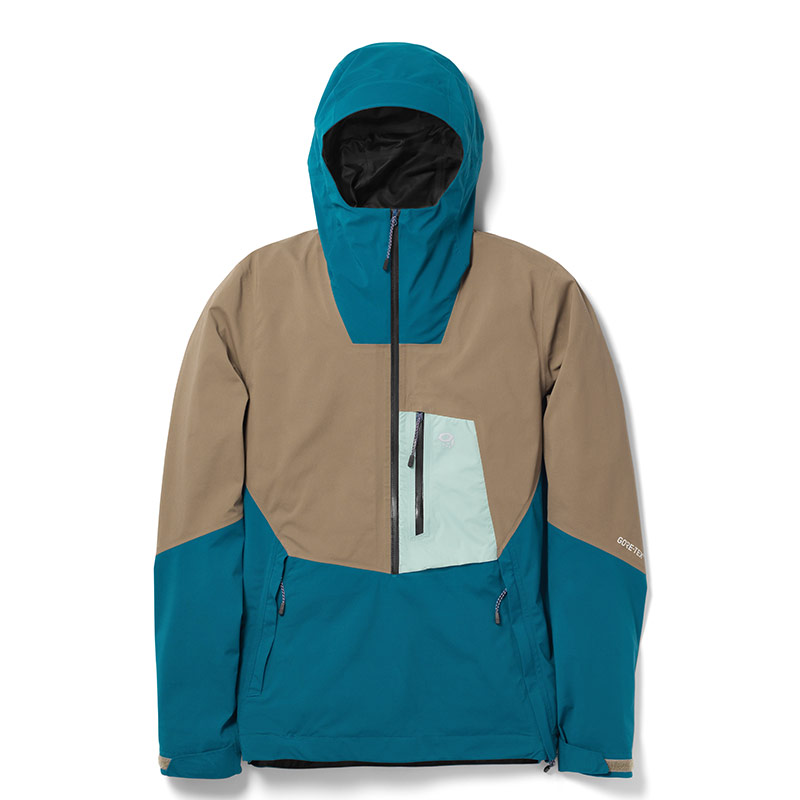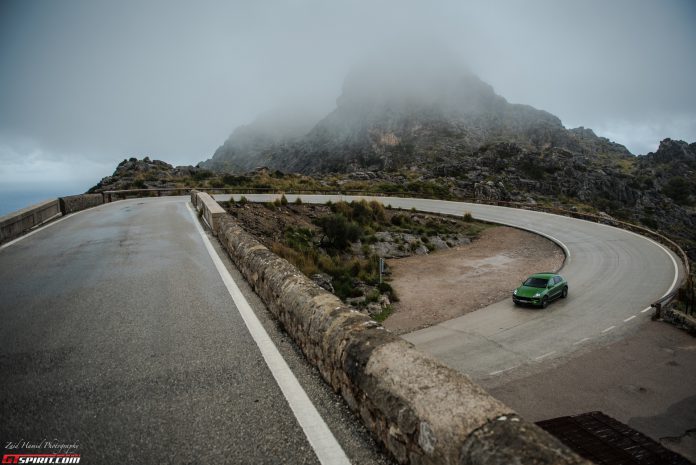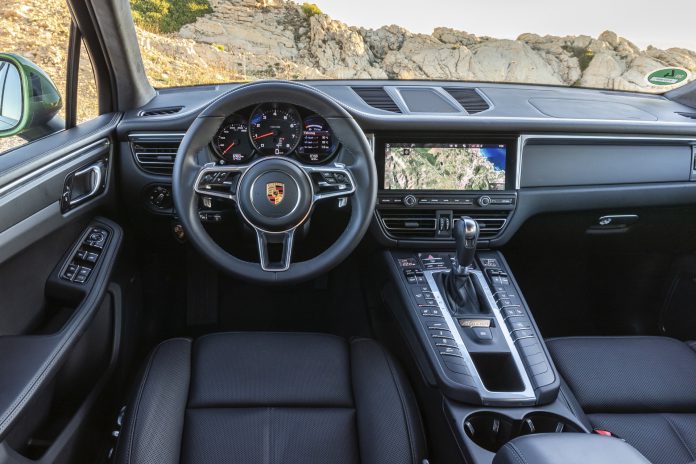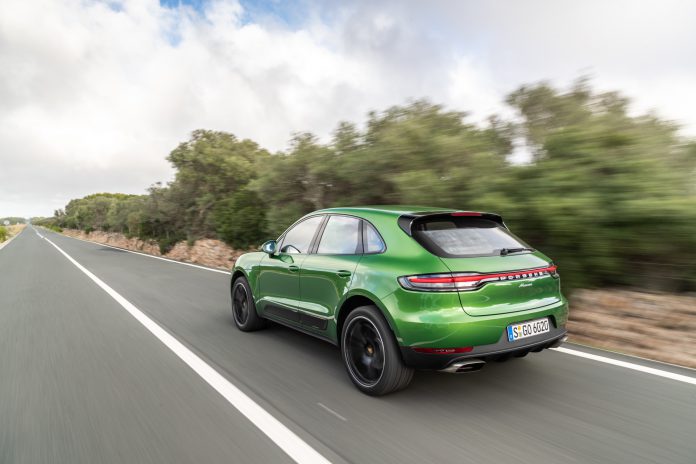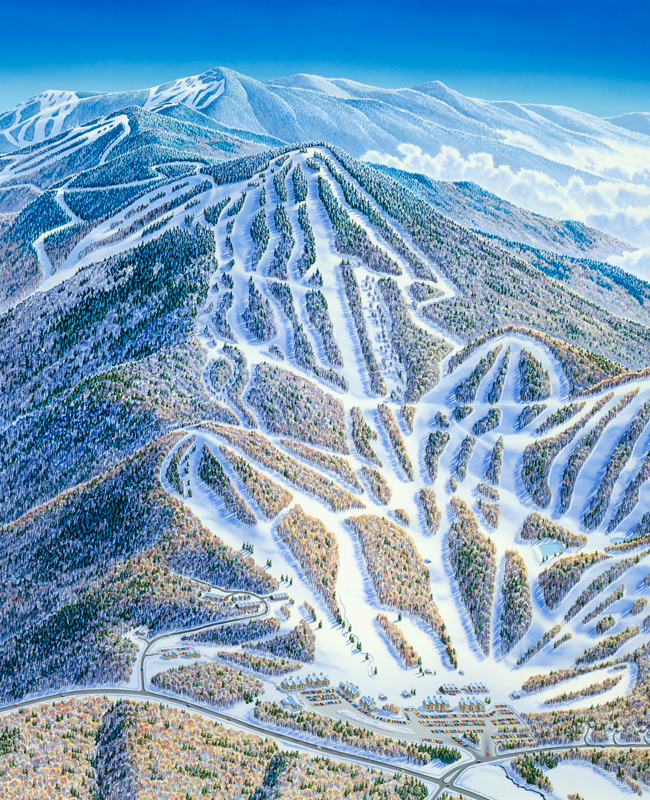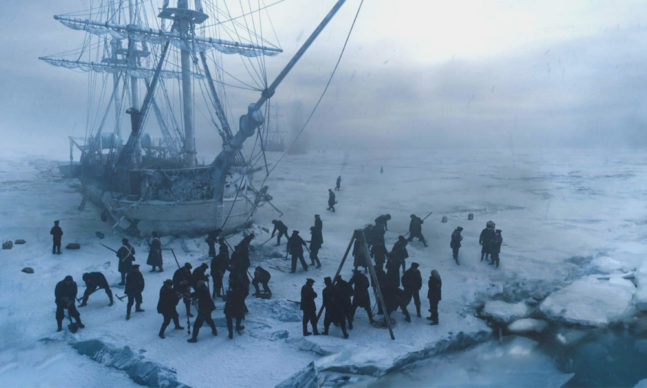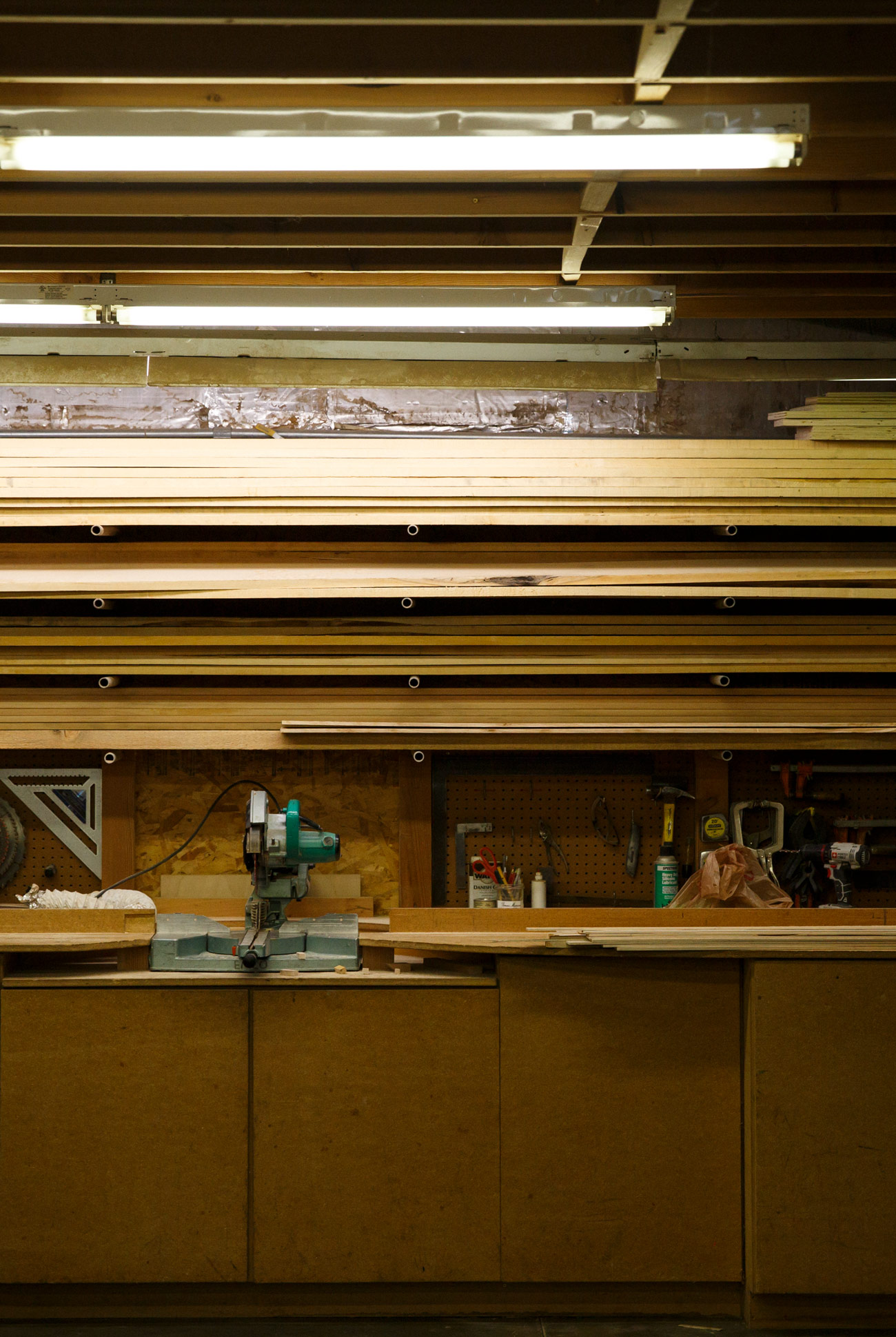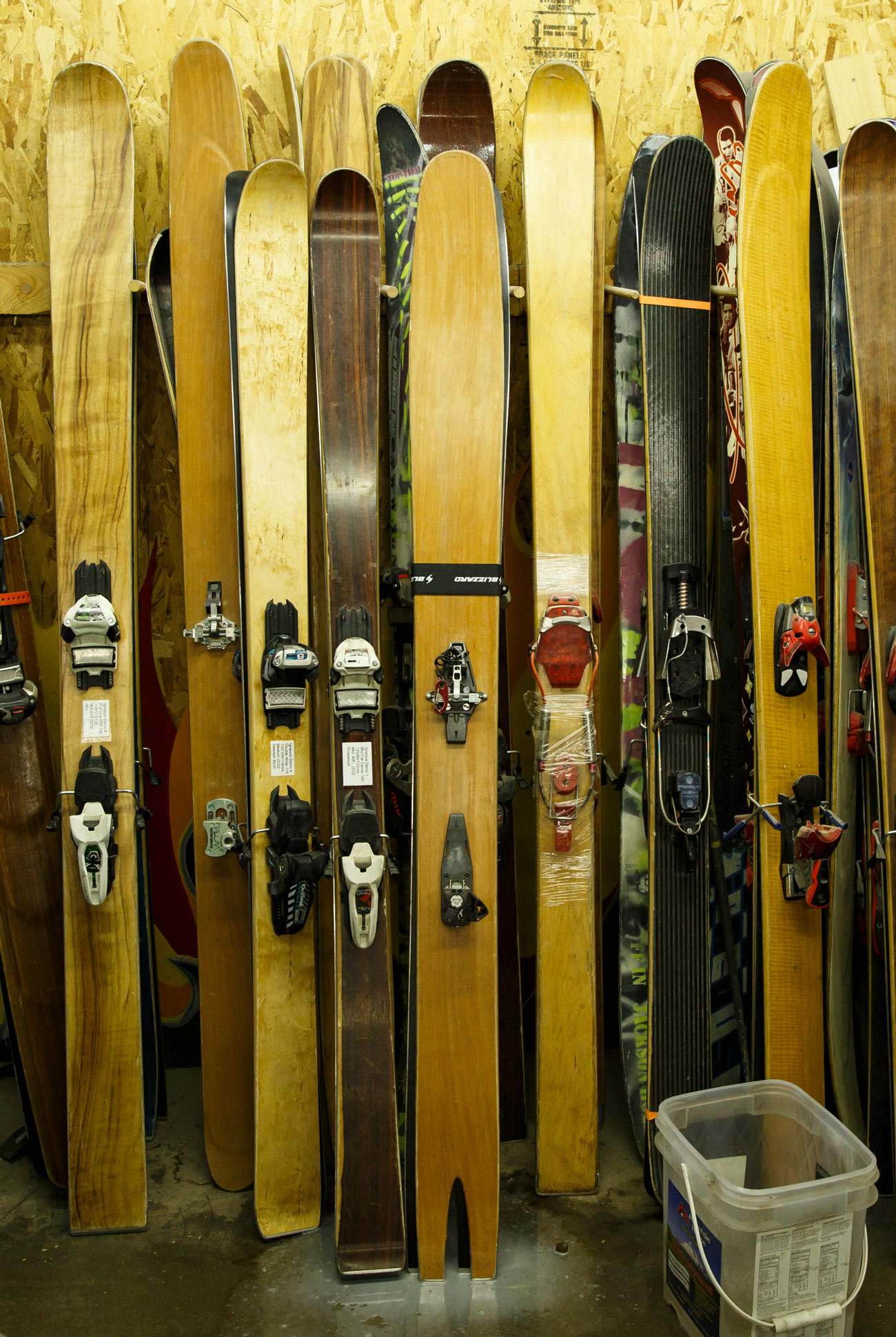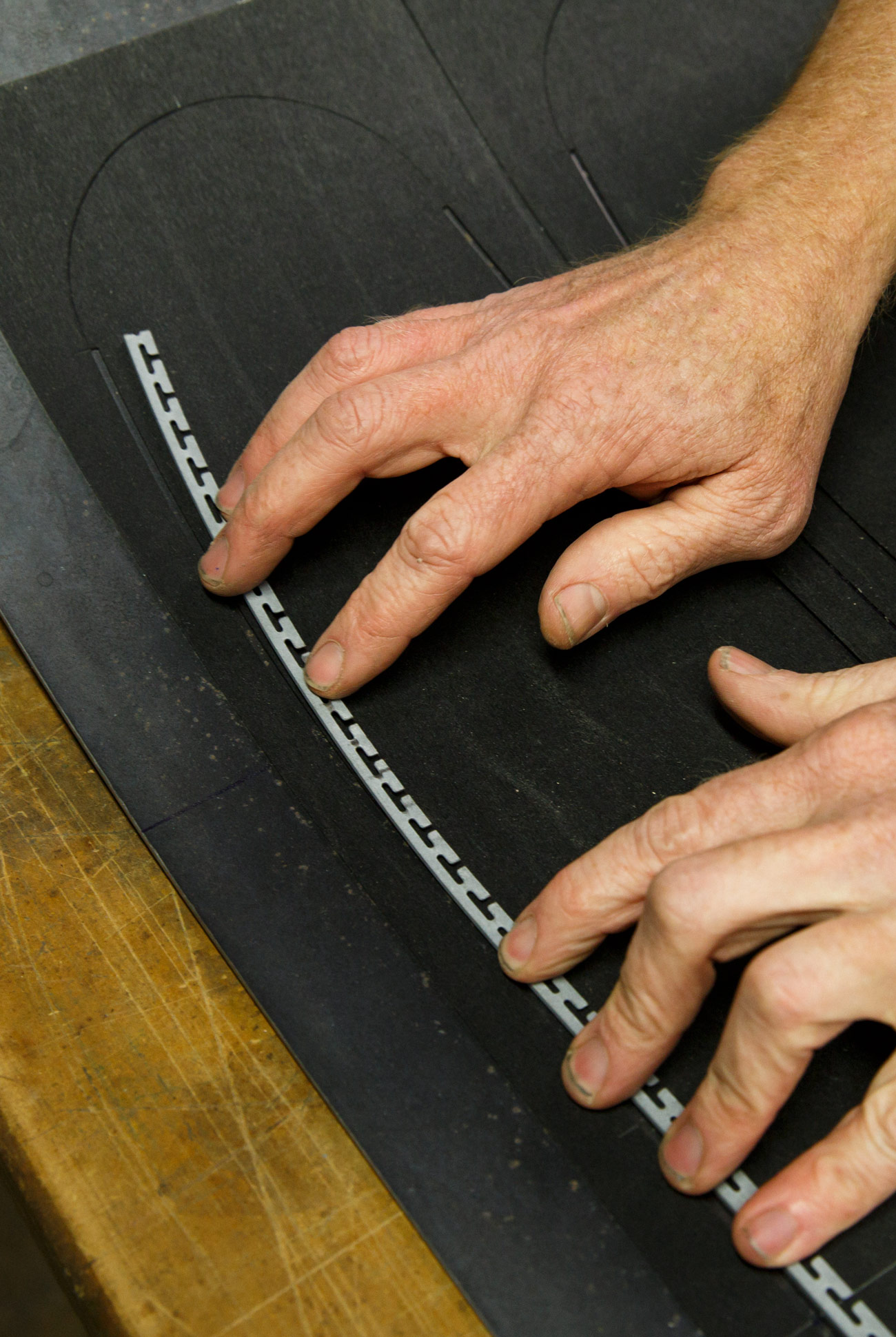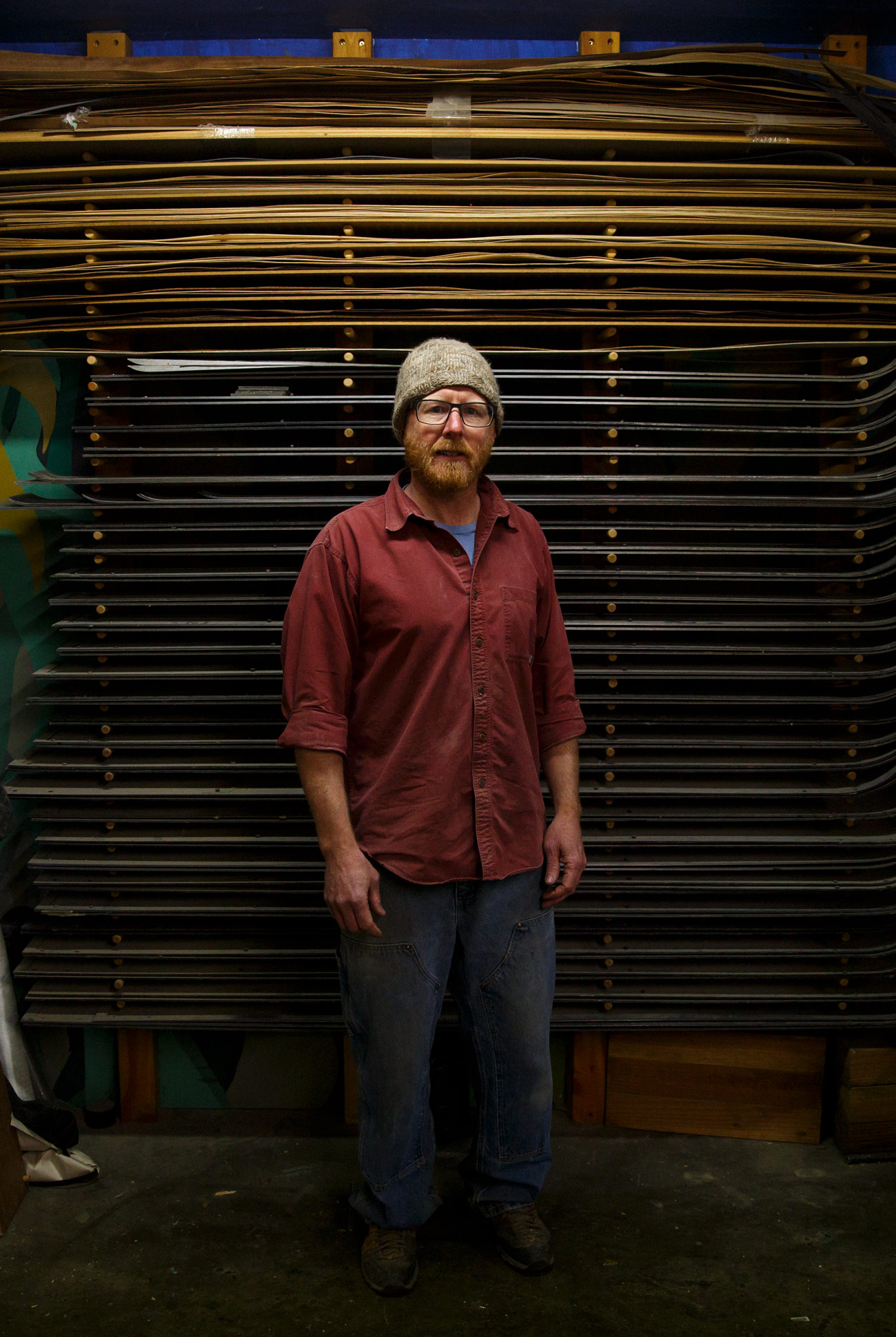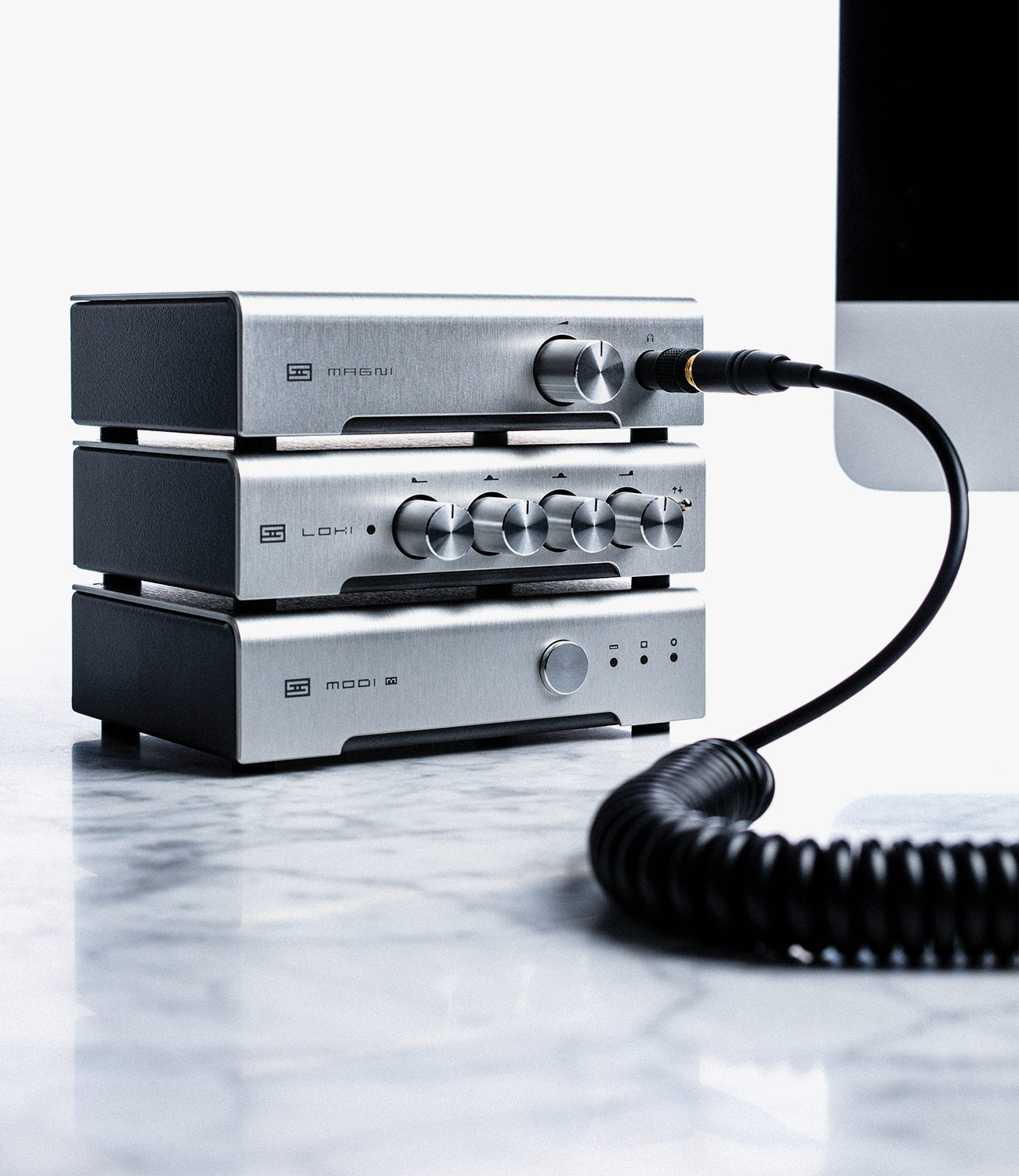The 10 Best Tech Products to Come Out in the Last Year
This story is part of the GP100, Gear Patrol’s annual index of the 100 best products of the year. To see the full list of products or read this story in print, check out Gear Patrol Magazine: Issue Eight, available now at the Gear Patrol Store.
Technology doesn’t slow down for anything, and this year proved that more than most. We’ve seen big camera manufacturers like Nikon, Canon and Panasonic flood the zone with full-frame mirrorless cameras in an attempt to compete with Sony. A $20 smart home security camera proved that it could do the same job as something 10 times more expensive. And the battle between Google, Amazon and Apple for smart home domination only continued to heat up. Now, in the lull between the big fall releases and the feeding frenzy that will be early 2019 tech announcements, it is prime time to look back at the coolest, most impactful electronic gadgets of the year.
Advertisement – Continue Reading Below
Wyze Labs WyzeCam
Wyze Cam security cameras are phenomenal values, with the base model clocking in at $20 (a pan version costs just $10 more). To get a comparable camera from Nest, you’d pay about $300, while one from Honeywell, the home-tech giant, would run you closer to $170. Also worth noting: the Wyze Cam app requires no subscription services or fees, making for one less thing to get between you and an eagle-eye view of your front door or garage. — Andy Frakes
Advertisement – Continue Reading Below
- Full Resolution: 1080p
- Connection: Wi-fi
- Storage: Local (SD) and cloud
- Mounts: Sony E, Leica M and Fuji X
- Focal Length: 75mm
- Aperture Range: f/0.95 – f/1
- Resolution: 24.5MP (Z 6); 45.7MP (Z 7)
- Autofocus Points: 273 (Z 6); 493 (Z 7)
- ISO Range: 100 – 51,200 (Z 6); 64 – 25,600 (Z 7)
- Storage: 512GB SSD
- Weight: 2.93 pounds
- CPU: Up to 1.8GHz Intel Core i7-8550u
- Capacity: 25,600 mAh
- Ports: USB-A, USB-C, AC inverter, wireless Qi, 8mm input
- Weight: 2 pounds
- Display: 5.5-inch full screen OLED
- Rear Camera: 12.2-megapixel dual-pixel (f/1.8)
- Front Cameras: Dual 8-megapixel wide-angle (f/2.2) and standard (f/1.8)
- Sensor: 30.3-megapixel full-frame CMOS
- AF Points: 5,655 dual-pixel AF points
- ISO Range: 100 – 40,000
- Resolution: 3,840 x 2,160 pixels
- Dimensions: 48.3 x 27.8 x 1.8 inches (without stand)
- HDR Audio Tech: Dolby Atmos
- Sensor (Zoom): 1/2.3-inch CMOS, 12 million effective pixels
- Sensor (Pro): 1-inch CMOS, 20 million effective pixels
- Video: 4K video at up to 100 Mbps
- Glass: Sapphire Crystal
- Water Resistance: 200m
- Bezel Material: Carbon Fiber
MEYER OPTIK NOCTURNUS
Nikon Z 6 and Z 7
Brand loyalists have it hard sometimes. You invest time, energy and resources into a manufacturer’s lineup, spending years learning its logic and benefitting from that knowledge in practice. But then you feel the pull of a competitor’s innovation. Dedicated Audi, Jaguar and Mercedes enthusiasts who crave the performance and efficiency of electric vehicles, for instance, have had to sit on the sidelines for six years waiting for their brands of choice to finally respond to Tesla’s aggressive visions of progressive mobility. And Microsoft users have had to watch as Apple’s stylish products trumped the popularity of their beloved PCs, smartphones and other products for what feels like ages.
Advertisement – Continue Reading Below
So it has been for photographers with the rise of mirrorless full-frame cameras, whose large sensors equal the size of a conventional 35mm frame. Sony initiated the revolution in earnest barely five years ago with the original A7, dispensing with the standard flip-up mirror-and-prism system used to send views to the eyepiece in favor of something undeniably more elegant and modern: an electronic viewfinder that shows precisely what the sensor itself sees. No more persistent and primitive jackhammering of a mechanical mirror that flicks out of the way every single time you take a photo. As proven and reliable as DSLRs are — and have been for years — it was time to move on.
For photographers interested in trying the newest technology, though, it’s complicated. It’s not like switching car or computer brands, where you simply order the new product and move forward, managing the learning curve after a few hiccups. You don’t just buy a camera, after all. You marry it. Photographers typically invest thousands in high-quality lenses, which you can’t simply abandon or trade in for new glass without taking a massive hit.
This fall, Nikon finally delivered for its devoted user base its first mirrorless options, potentially averting widespread defections. The Z 6 and Z 7 bring the company — and its imperiled devotees — solidly into the 21st century. The Z 7—replete with the familiar menus, command functions and critical button placements that will keep brand loyalists happy — hits all the notes that Sony’s mirrorless models do. Its digital OLED viewfinder instantly shows how an image will actually be shot and allows for close inspection of an image under even the brightest desert sun. It also features a 45.7-megapixel sensor, in-camera image stabilization, and its dynamic range allows for considerable editing after the fact.
But Nikon also brings its own twists that give photographers upgrading to pro-am gear much to consider, including fast 493-point autofocus capabilities (the Z 6 features 273 focus points) that cover over 90 percent of the frame, 4K video, nine-frames-per-second shooting (the Z 6 can capture at 12 fps) and a helpful top-mounted display that gives photographers better access to exposure, battery-life and camera-settings information. The lens solutions are equally compelling. The Z 7 arrives with a new array of Z-mount lenses, including a 50mm f/1.8 S, a 24-70mm f/4 S and a 35mm f/1.8 S. In addition, Nikon announced the development of an amazing 58mm f/.95, which is both the fastest Nikon lens ever and a bokeh — i.e., depth of field — master. The lens system doesn’t yet include dedicated high-speed zoom lenses, namely the ubiquitous f/2.8 models all manufacturers carry, but those will arrive soon enough. The bottom line: Nikon is working hard and fast to ensure that discriminating shooters have the glass they need to shoot world-class photos.
Advertisement – Continue Reading Below
The new lenses are required to match the more compact geometry of a mirrorless camera, meaning legacy lenses from Nikon’s vast history will require an adapter. But while adapters meant to fit competitor lenses on new systems with full electronic focus and aperture control rarely work particularly fluidly — though many have allowed Nikon users to switch to Sony’s mirrorless cameras more gradually — ones meant for those legacy lenses are usually quite good. This is the case with Nikon’s FTZ adapter, which permits easy transition to the new system, essentially upgrading the conventional glass to image-stabilized lenses via the Z 7’s in-camera 5-axis stabilization.
The camera still has the shortcomings unique to mirrorless cameras in general, including a lesser degree of weatherproofing compared to more rugged DSLRs, reduced battery life thanks to the processing demands of the electronic viewfinder and a tendency for the sensor to accumulate dust faster — particularly when swapping lenses on, say, a desert safari or while scaling a mountain peak. All are challenges every camera manufacturer in the mirrorless space should be working to solve, and presumably, they will within a generation or two. Those are reasonably manageable problems, though, and not a deterrent to most photographers.
So whether you’re already bought into the Nikon ecosystem or are diving in fresh, the Z 7 ensures that you — as well as the company and the industry — are truly in the modern era. It sometimes takes a while for a company to create a product in a new category that meets its own standards, just as Audi, Jaguar and Mercedes have shown with their new and forthcoming electric rides. But Nikon has shown up more than ready for the fight. — Eric Adams
Buy Now: $3,396+ (Nikon Z 7 Body Only) $1,996+ (Nikon Z 6 Body Only)
Huawei MateBook X Pro
MacBook users, take note: when it comes to performance, the MateBook X Pro from Chinese powerhouse Huawei runs circles around the competition. It’s innovative, well-designed and equipped with excellent hardware. But most attractive is the price. If you’re looking for a better cost-to-power ratio than most Apple models — and perhaps you want to avoid subjecting yourself to the whims of their ecosystem — this may very well be the next laptop you leap for. — AF
Goal Zero Sherpa 100AC
Goal Zero started as a humanitarian effort to help victims of earthquakes, tsunamis and hurricanes by providing smart, portable power solutions to communities without electricity. The company still helps out where it can by donating products like the Sherpa 100AC. This powerful-yet-portable charger features every kind of port you can imagine, and it holds more than enough juice to replace a collection of pocket-sized backup batteries. — AF
Google Pixel 3
Advertisement – Continue Reading Below
The Pixel 3 is a step up for Google. For starters, it’s the first Pixel smartphone made entirely of glass, so it feels way nicer. It’s water resistant and supports wireless charging. And it has a bigger display than the Pixel 2 in the same size body, so it doesn’t feel any bigger. These are all pretty standard things for a flagship smartphone in 2018, but the Pixel 3’s real talking point is its camera.
Before it was even announced, the then year-old Pixel 2 was still considered by many tech critics to feature the best smartphone camera in the world, one that was even better than those attached to the brand-new iPhone XS and Samsung Galaxy. And now the Pixel 3’s is an unequivocally better smartphone camera than the Pixel 2. In a sea of dual-camera systems, the Pixel 3 still features a single-lens rear camera, but with that one lens, the Pixel still tops what Apple’s, Samsung’s and LG’s smartphones can do.
It can capture a burst of photos, determine which are blurry or of poor quality and then automatically select the best-looking one (a function called Top Shot). It can zoom in really close on a subject and, by detecting and compensating for camera shake, still take really sharp photos (Super Res Zoom). While shooting video, it can lock onto your subject and keep it in focus (Motion Auto Focus). And, without using the flash, it can take long exposures, fuse them together and capture fantastic low-light photos (Night Sight). If all that that wasn’t enough, the selfie camera, which for the first time has a dual-camera system, can take wide-angle selfies or shoot portrait photos and edit the bokeh afterward.
The last masterstroke of the new Google smartphone is its value. Both the baseline Pixel 3 and iPhone XS come with 64GB of storage, but Pixel 3 — like all Pixel smartphones — comes with unlimited cloud storage of high-res photos and 4K videos on Google Photos. (If you have an iPhone, the Google Photos app still gives you unlimited storage, but not in full-resolution.) That’s a nice play by Google, especially when the Pixel 3 comes in at $200 less than the iPhone XS. — Tucker Bowe
Advertisement – Continue Reading Below
CANON EOS R
Canon’s first full-frame mirrorless camera, EOS R, is packed with impressive specs, but its standout feature is an all-new RF system. Canon already released some pretty incredible RF optics, like the 50mm (f/1.2) and the 28-70mm (f/2), but by introducing EF and EF-S adapters, Canon also opened the door to its existing lenses, too. Essentially, the EOS R takes advantage of what Canon has always done best: lenses. — TB
LG C8 4K OLED TV
For the last several years, LG has annually released OLED TVs that are markedly better than what came before — and the latest generation is no different. The LG C8 4K OLED TV features one of the most intuitive user interfaces out there, the most HDR compatibility on the market and an amazing new Alpha 9 processor chip that better reduces noise, optimizes color handling and sharpens images. Plus, Dolby’s Atmos system provides truly impressive built-in audio performance. — AF
Buy Now: $1,700 (55-inch) $2,700 (65-inch) $6,996 (77-inch)
DJI Mavic 2
For professional photographers, outdoor adventurers or rising social media stars, there isn’t much to choose from in the drone space — GoPro discontinued its Karma drone earlier in 2018 — but DJI’s newest flagship drones are something special. That’s because the Mavic 2 Pro and the Mavic 2 Zoom are small and foldable, similar to DJI’s entry-level Spark, but they also have photo- and video-shooting capabilities that are more akin to DJI’s higher-end series of Phantom drones. What really makes them unique is that they came out after DJI acquired a good portion of Hasselblad in 2017; both new Mavic 2 drones are equipped with cameras that were designed by the iconic Swedish camera maker. That’s right, Hasselblad cameras in drones.
The Mavic 2 Pro and the Mavic 2 Zoom are very similar. They look almost identical and share a lot of the same features. They can fly at up to 44 mph and for upward of 31 minutes. They can shoot 4K video at up to 100 Mbps. They can track subjects and avoid objects on their own. They can capture hyperlapses, too. And they’re DJI’s first drones to shoot HDR videos or photos. But there are also stark differences, and depending on the kinds of photos or videos you’re after, that’s going to determine which drone you should buy.
Advertisement – Continue Reading Below
The Mavic 2 Zoom is the more versatile of the two, as it can capture both wide and close-up shots. It’s the first foldable consumer drone with optical zoom, and it’s capable of 24-48mm optical and 2x digital zoom (that’s up to 96mm). DJI also decked it out with a neat feature called “Dolly Zoom,” which keeps the subject in the center of the frame as the camera zooms in and the drone flies in the opposite direction. The result is a cinematic wind-swept effect that’s worthy of the big screen.
That said, the Mavic 2 Pro will be the drone of choice for photographers who put image quality above everything else. It has a fixed, 28mm-equivalent lens and a huge one-inch CMOS sensor, enabling it to capture 20-megapixel stills (compared to the Zoom’s 12-megapixel stills) in wonderfully vivid color. It might not have the close-up capabilities of the Zoom, but its superior image quality affords photographers and videographers more flexibility in post-production. The higher-res image sensor also makes the Pro better for low-light conditions and capturing a moving target.
Want DSLR-level image quality in your aerial photos? Get the Pro. Want to shoot your subject up close or get those panning cinematic wide shots that look like they’re straight out of The Lord of the Rings? Get the Zoom. Either way, you’re getting an elite-level consumer drone with state-of-the-art object avoidance and subject-tracking technologies. You’ll be impressed. — TB
Buy Now: $1,395 (DJI Mavic Pro 2) $1,169 (DJI Mavic Pro Zoom)
The Best Tech Product of 2018: Apple Watch Series 4
For years, the Apple Watch has been the best smartwatch on the market. But only the Series 4 could be described as “lifesaving.” It features all the best qualities of the Series 3 — built-in GPS, LTE, a heart-rate sensor — and adds some serious wellness features, such as fall detection and an FDA-cleared EKG monitor, to the mix. The Series 4 is also the first Apple Watch to feature a real hardware redesign: it’s significantly thinner than previous generations, with an edge-to-edge display that’s 30 percent larger than what you’ll find on the Series 3.
Advertisement – Continue Reading Below
Presented by G-SHOCK
G-SHOCK G-STEEL GSTB100XA-1A
Dependability and ruggedness make up the DNA of any G-SHOCK timepiece. Even in its G-STEEL line of metal watches, these two characteristics are vital.
G-SHOCK’s newest addition to the G-STEEL collection, the G-SHOCK G-STEEL GSTB100XA-1A, marks the first time the G-STEEL lineup offers a model with a carbon bezel. But the addition isn’t just for looks. Carbon fiber is durable, lightweight and furthers the watch’s shock-resistance.
The GSTB100XA-1A also links to smartphones through the use of Bluetooth Low Energy (BLE) for better accuracy when used with the G-SHOCK Connected app. Add in the Tough Solar powering capabilities and you’ve got a G-SHOCK that’s ready for anything.

